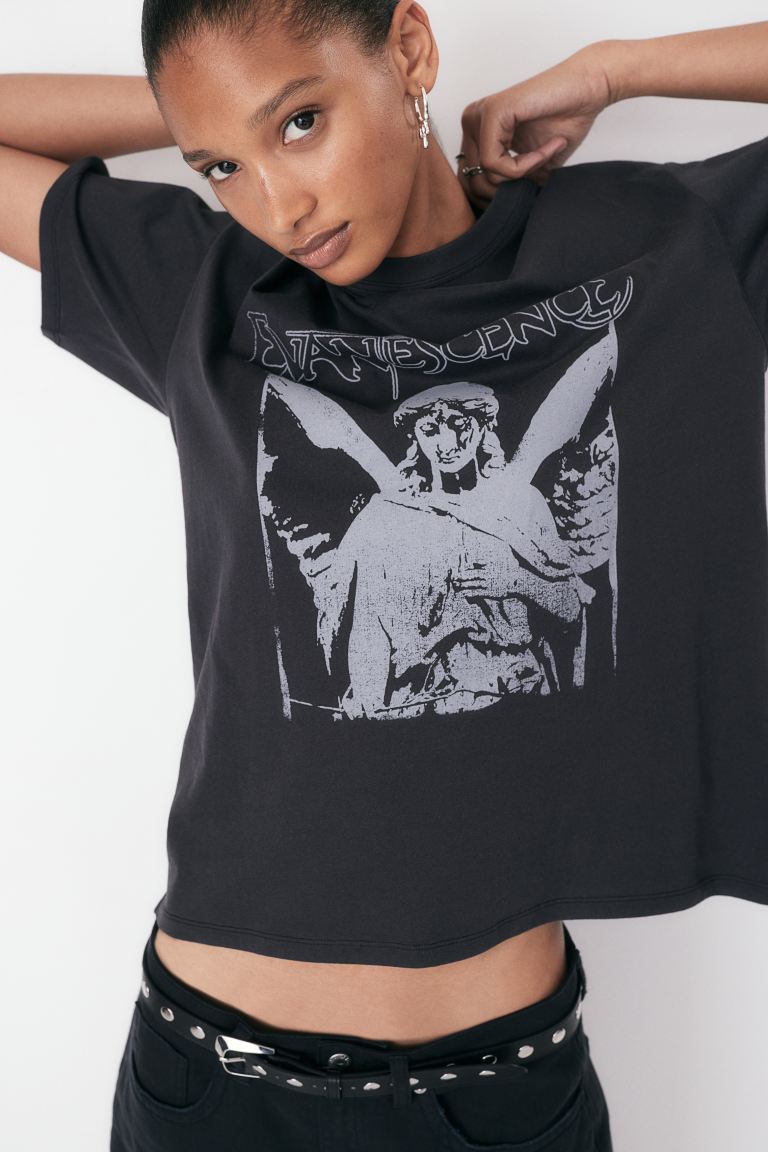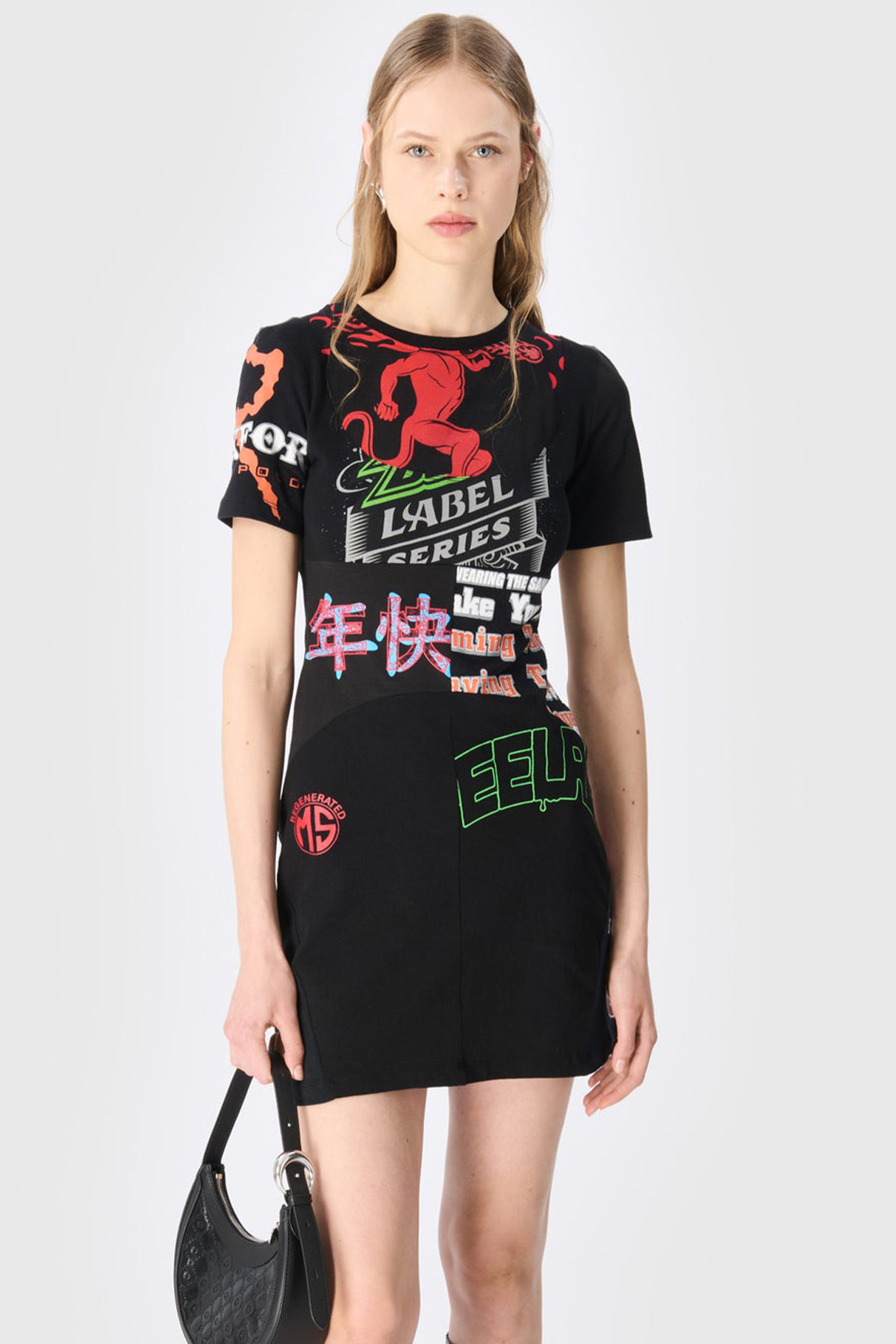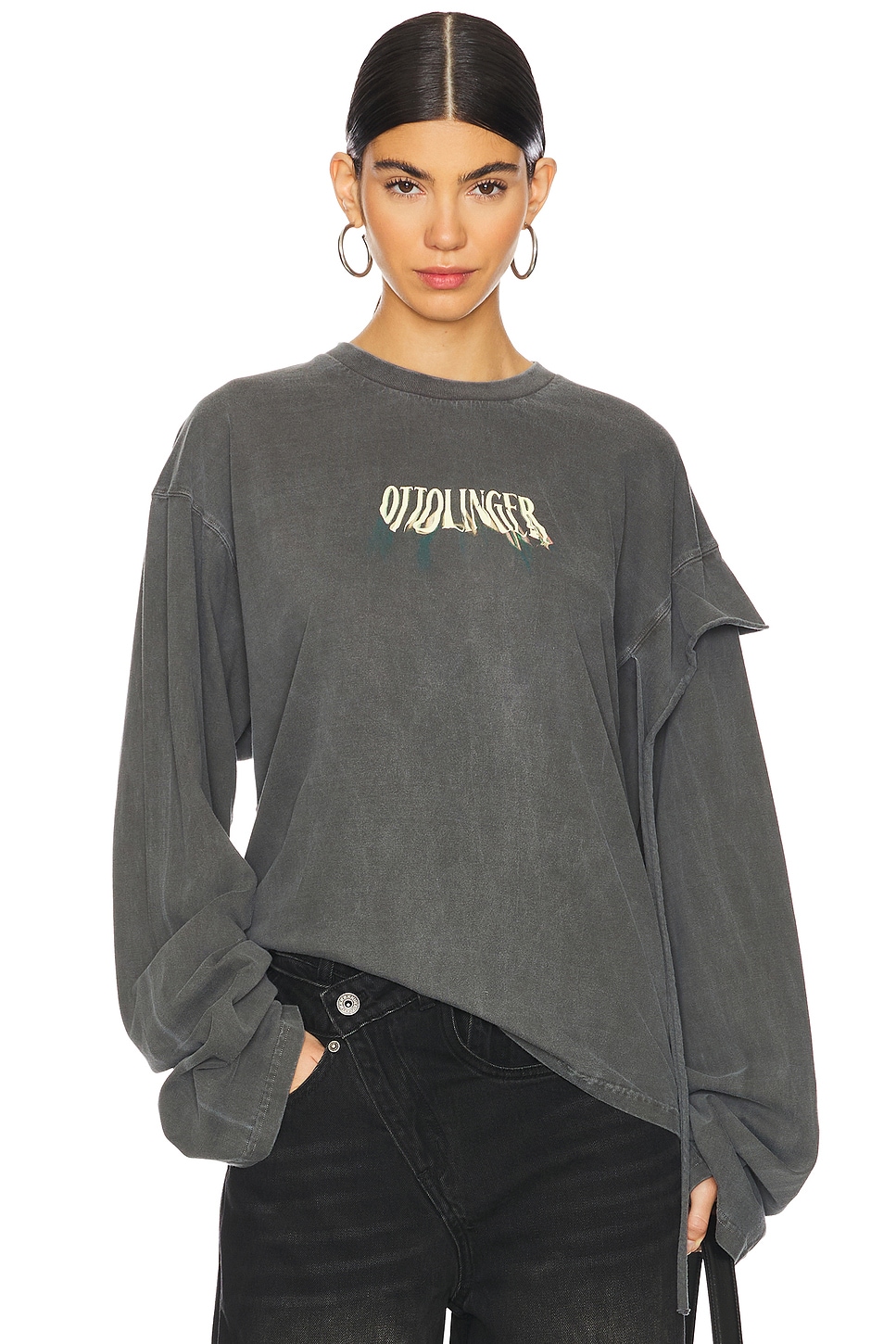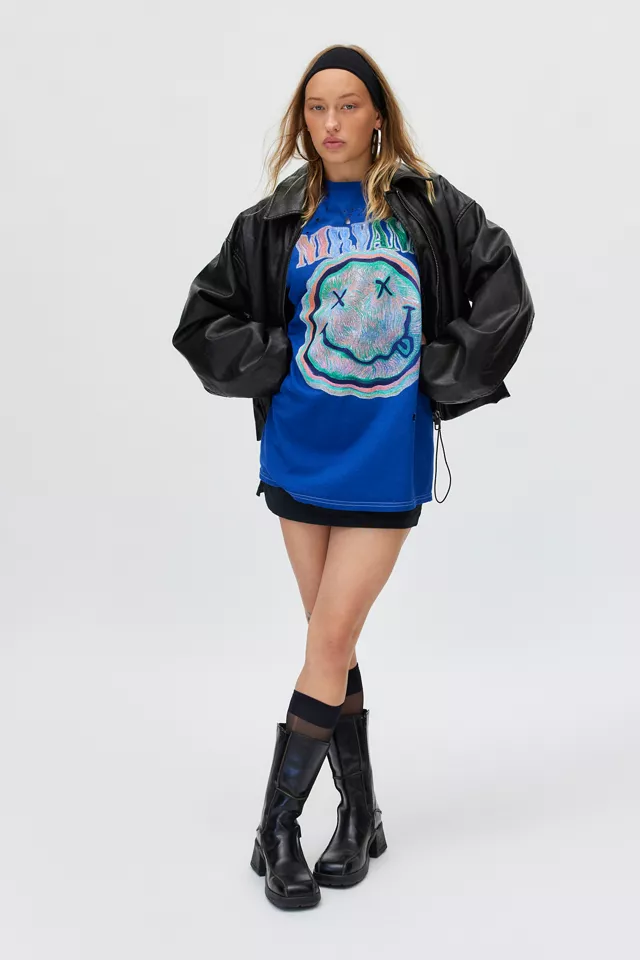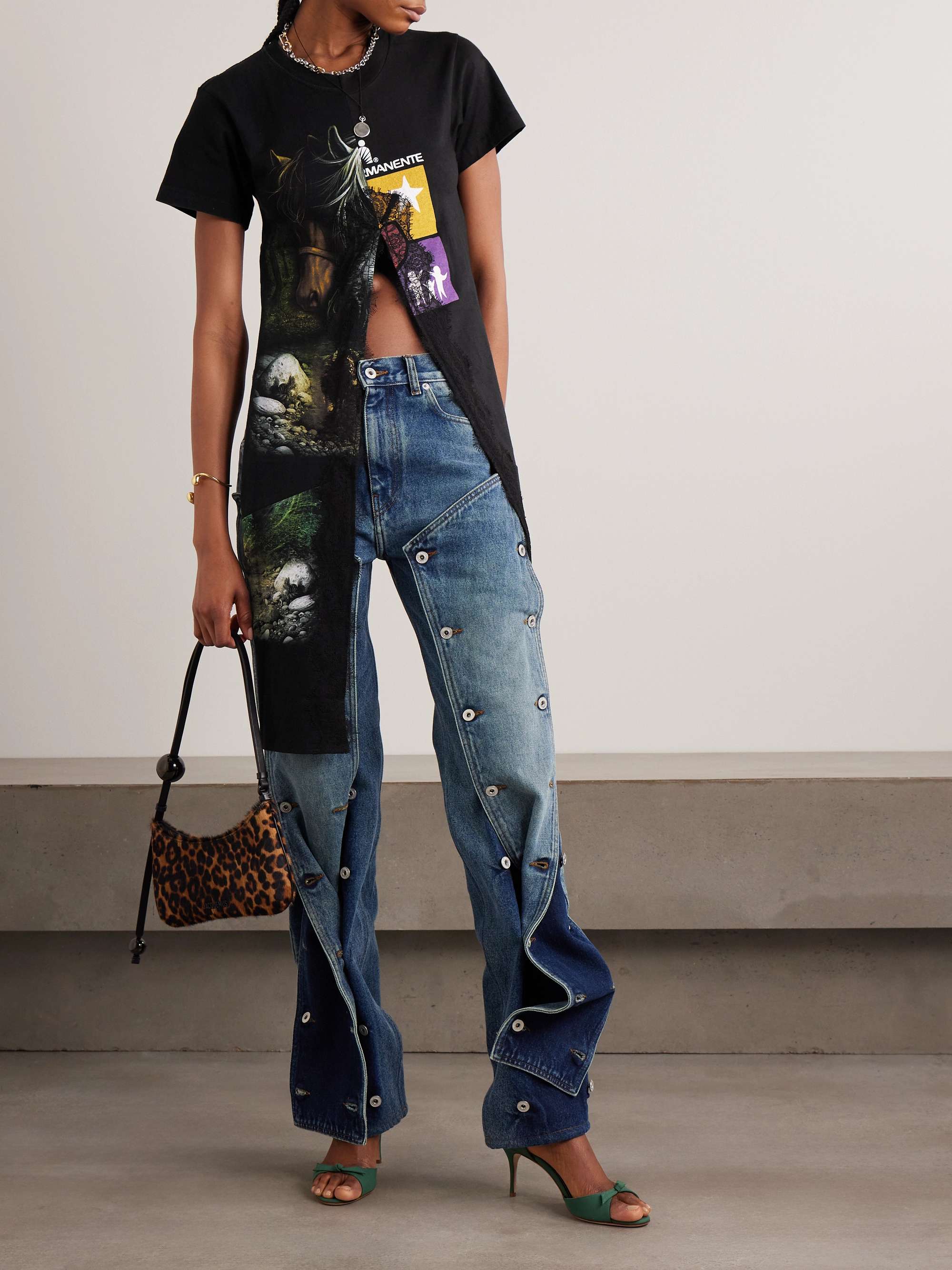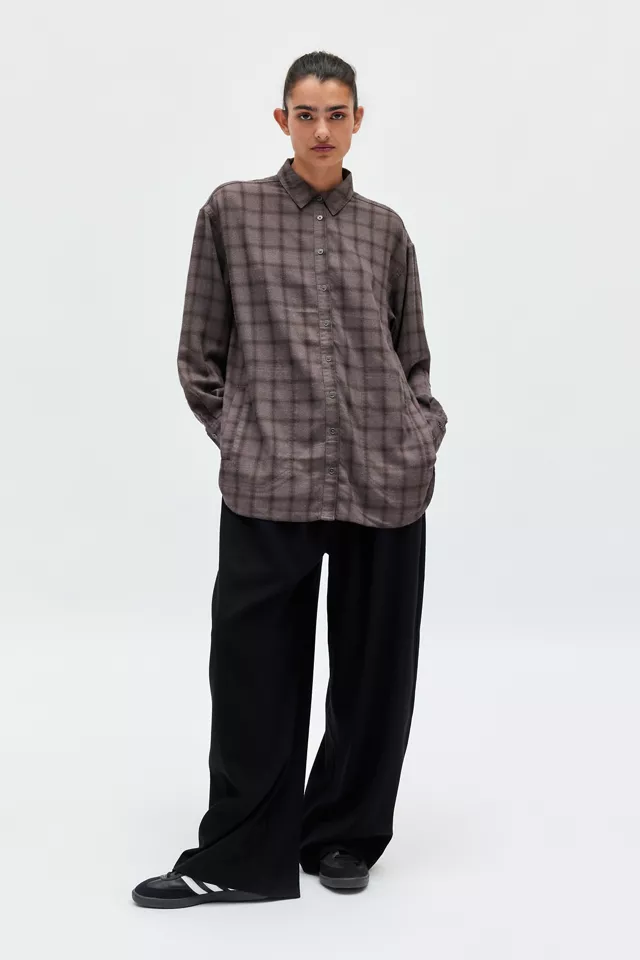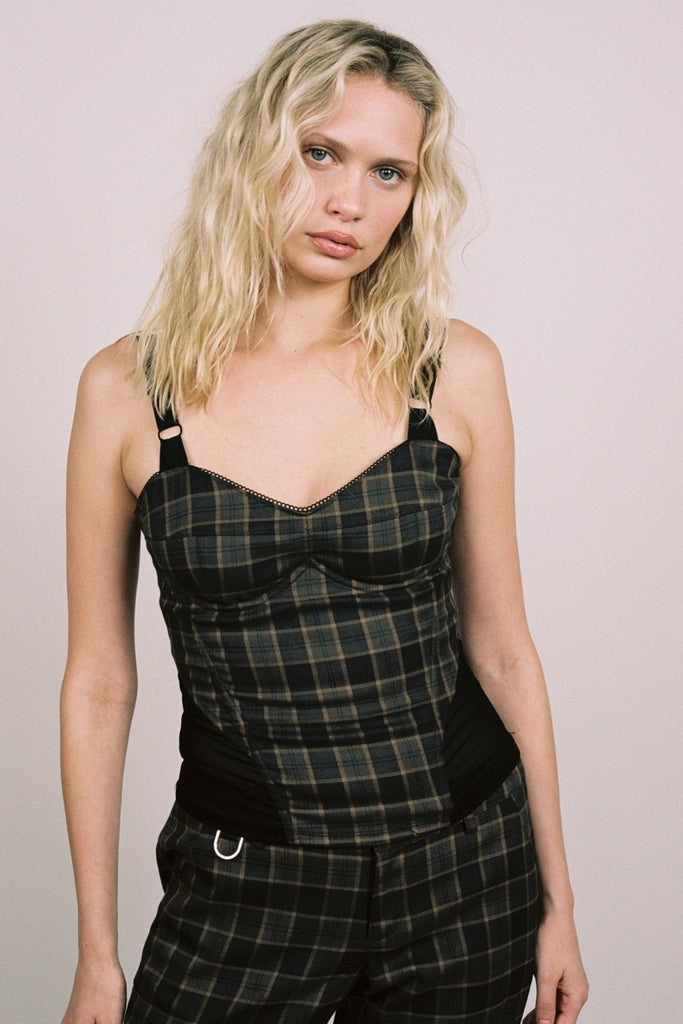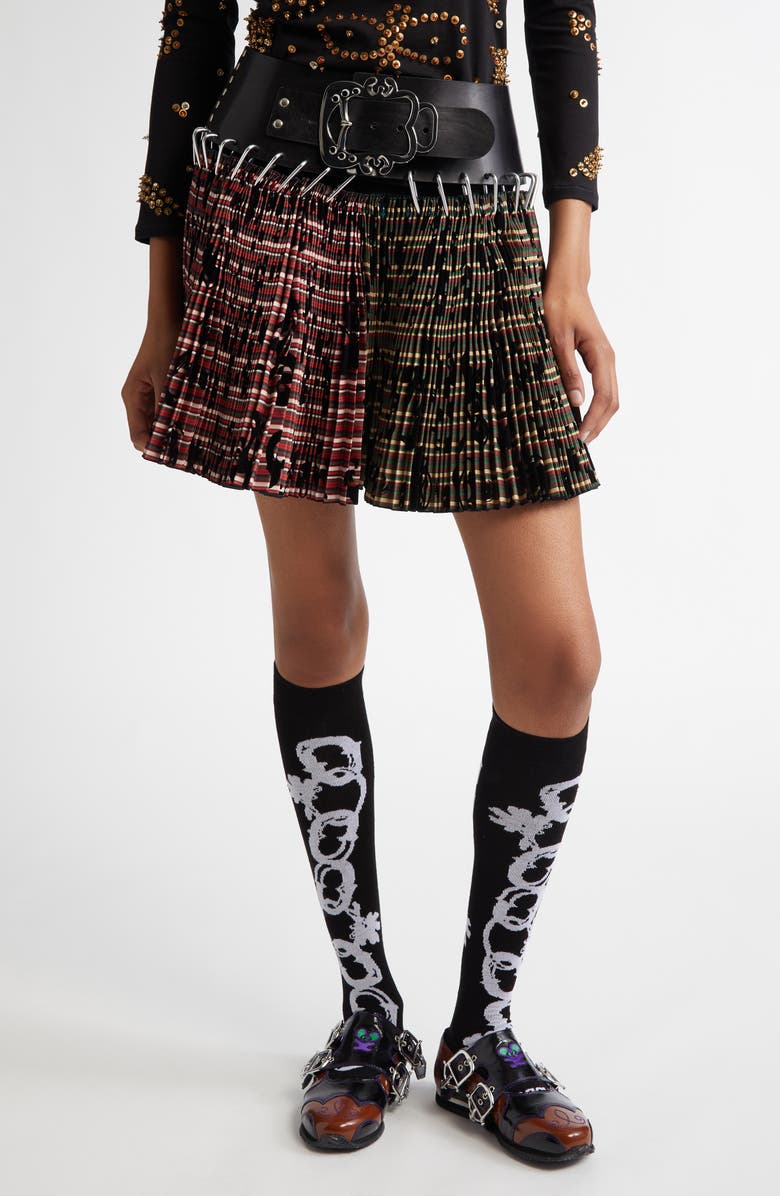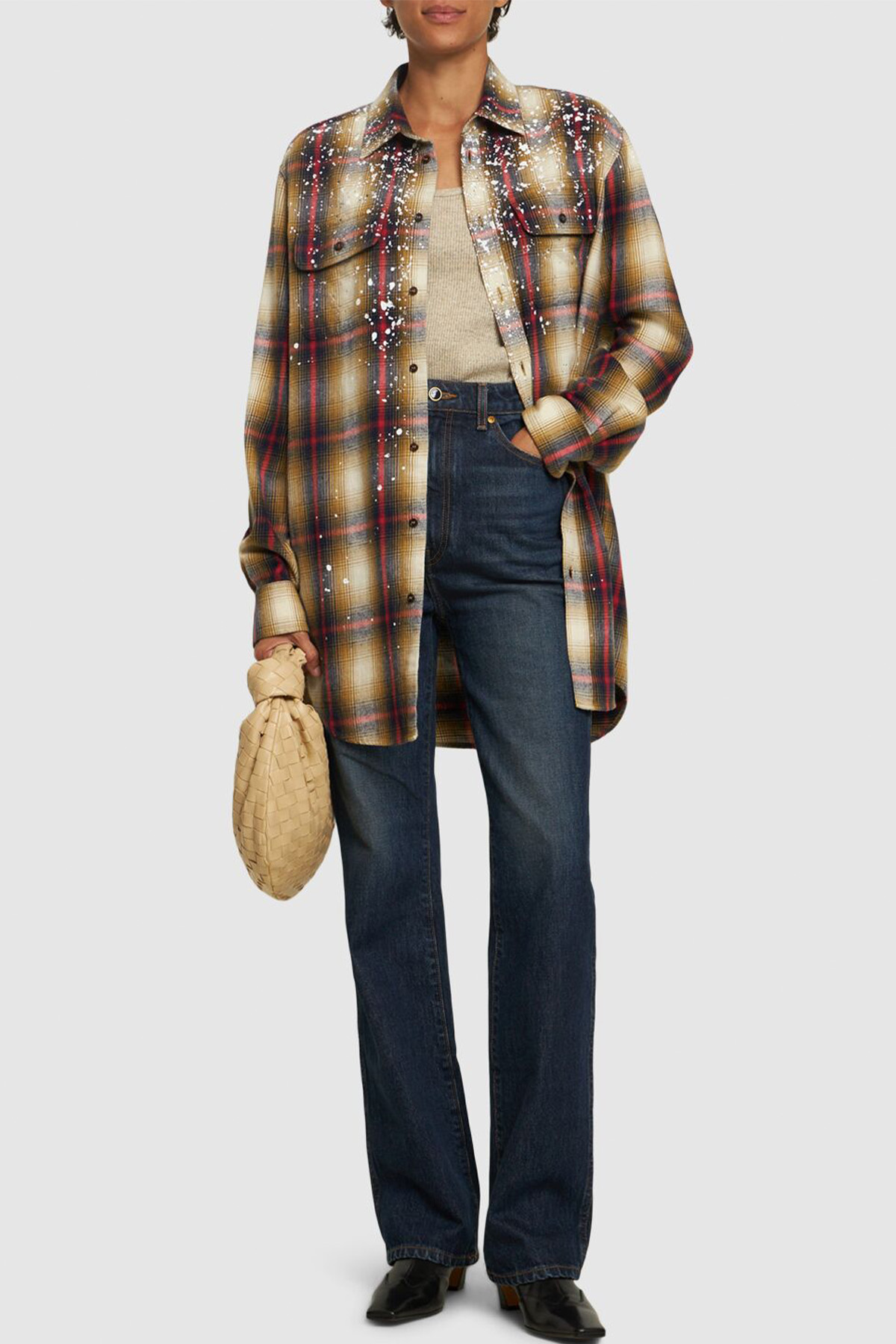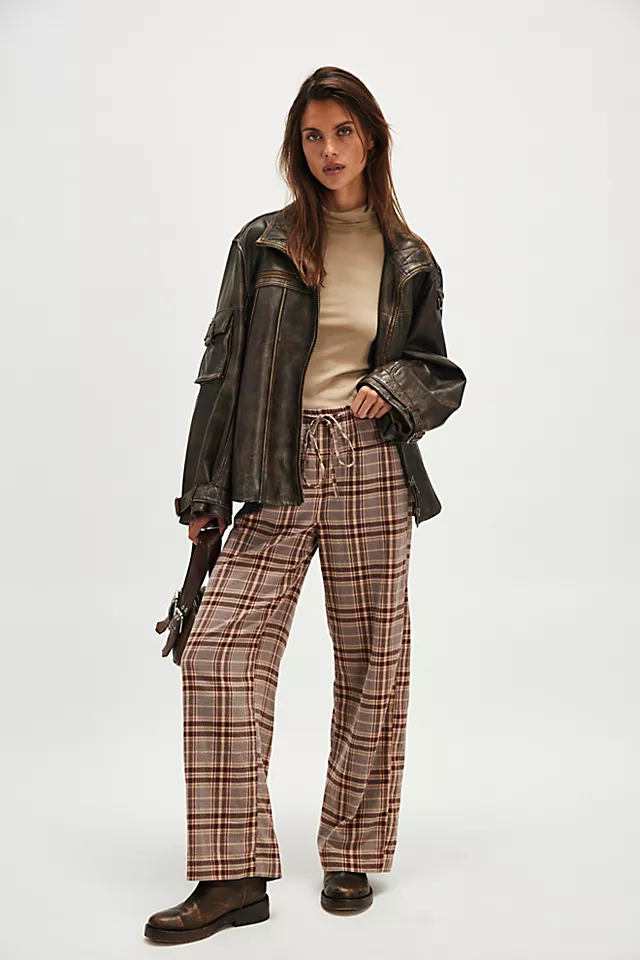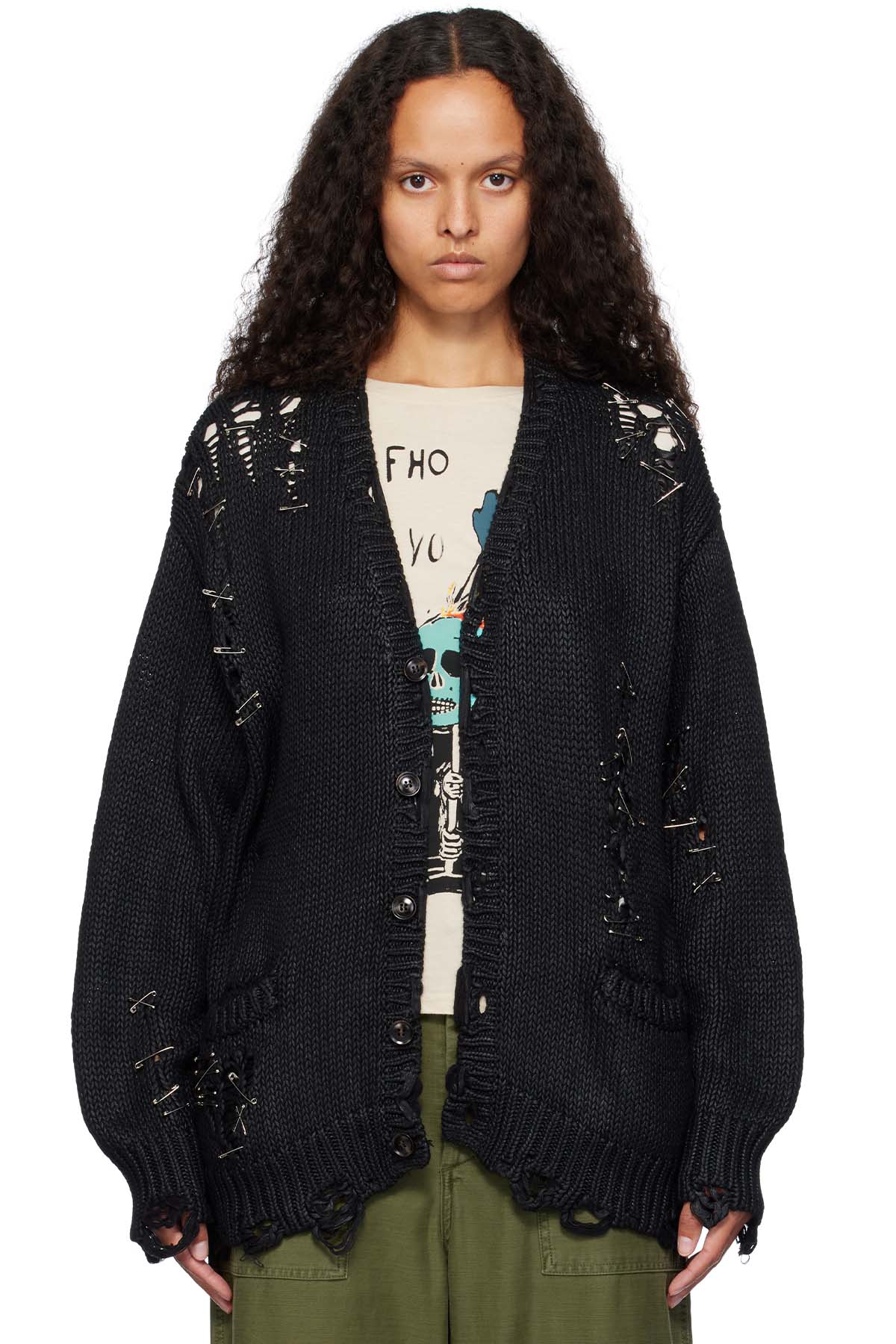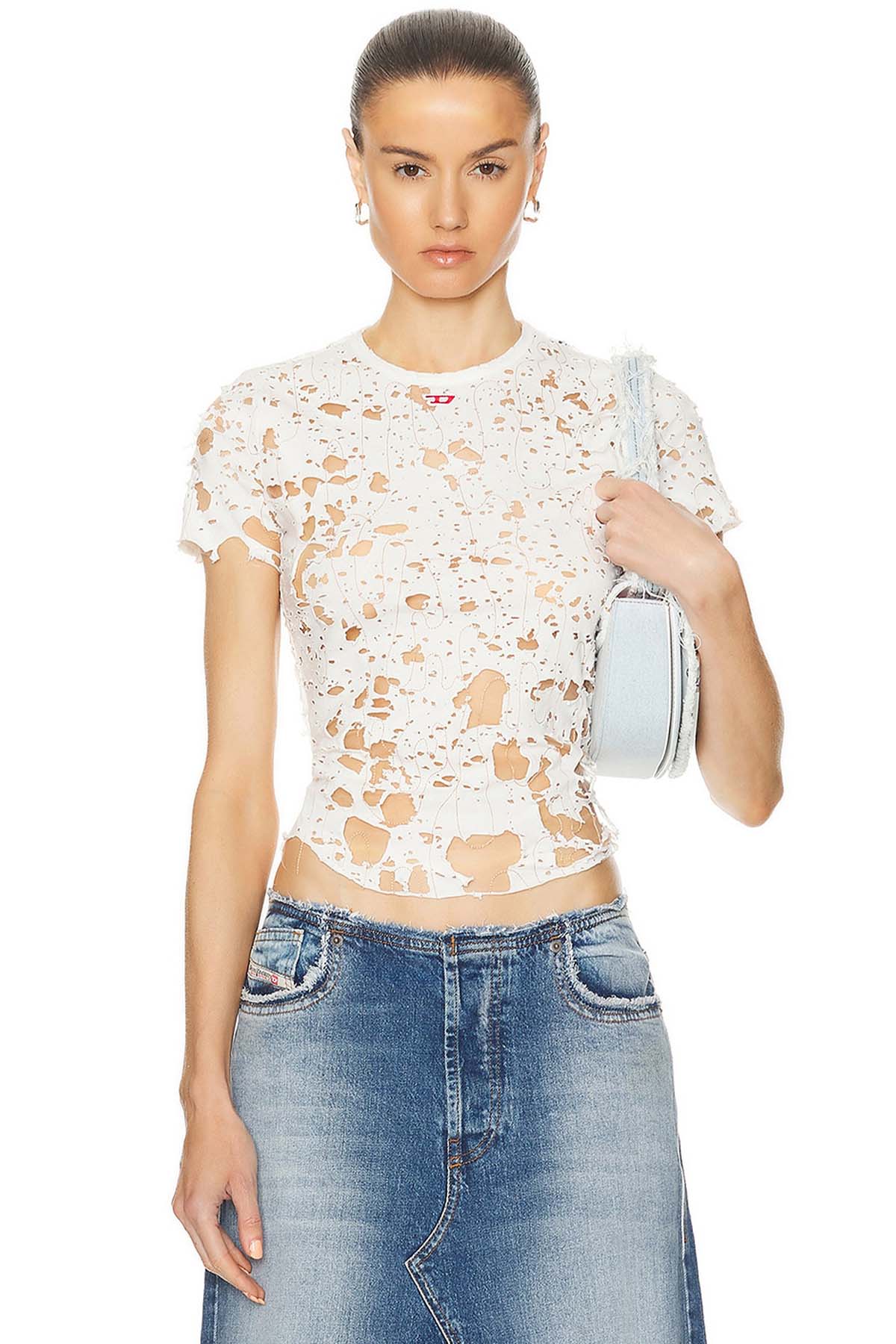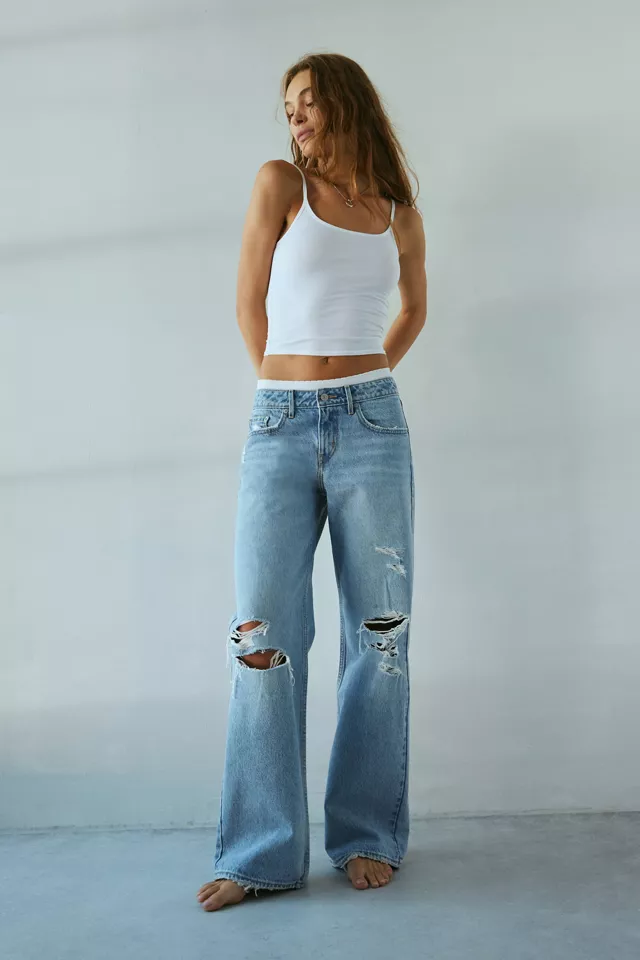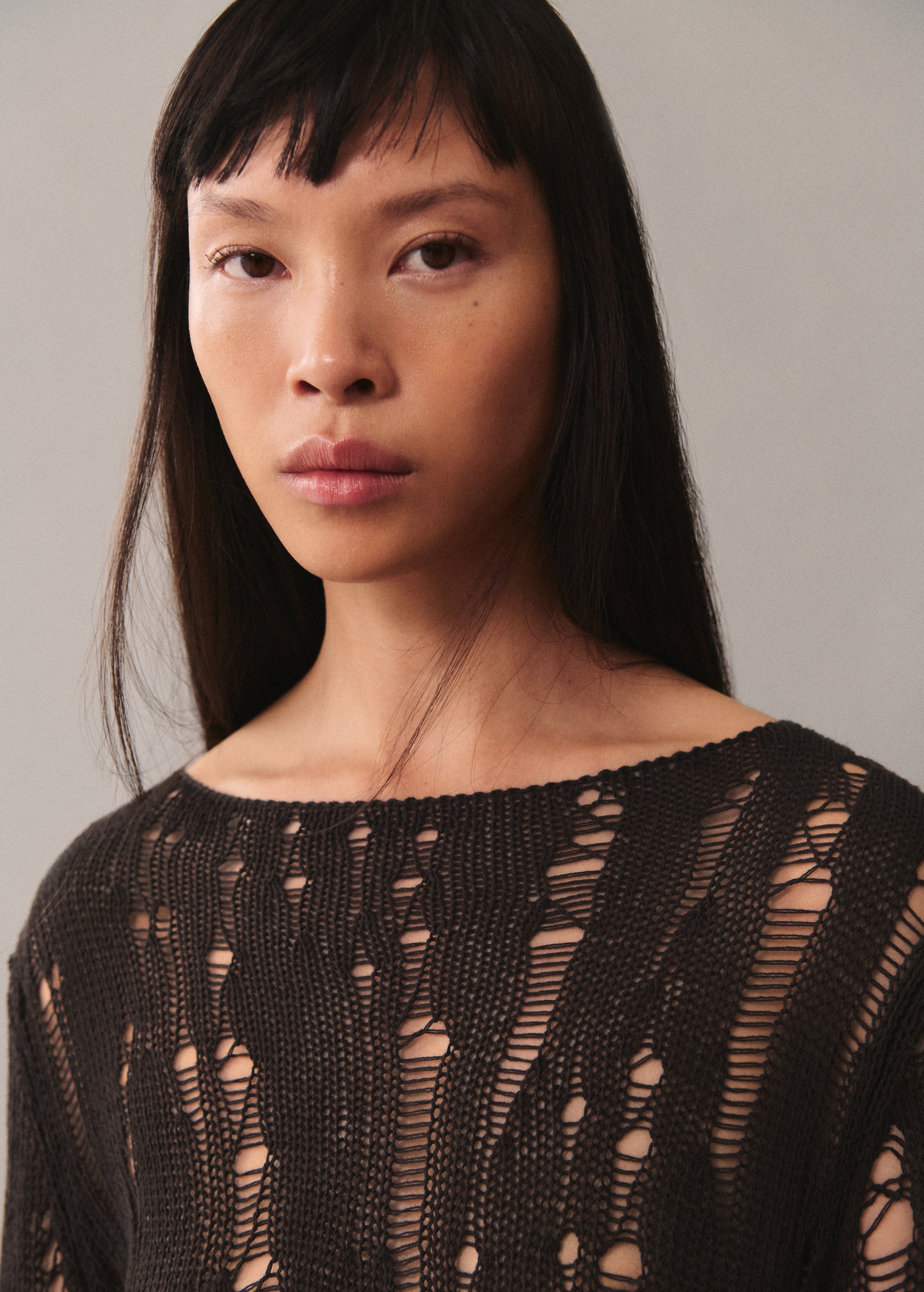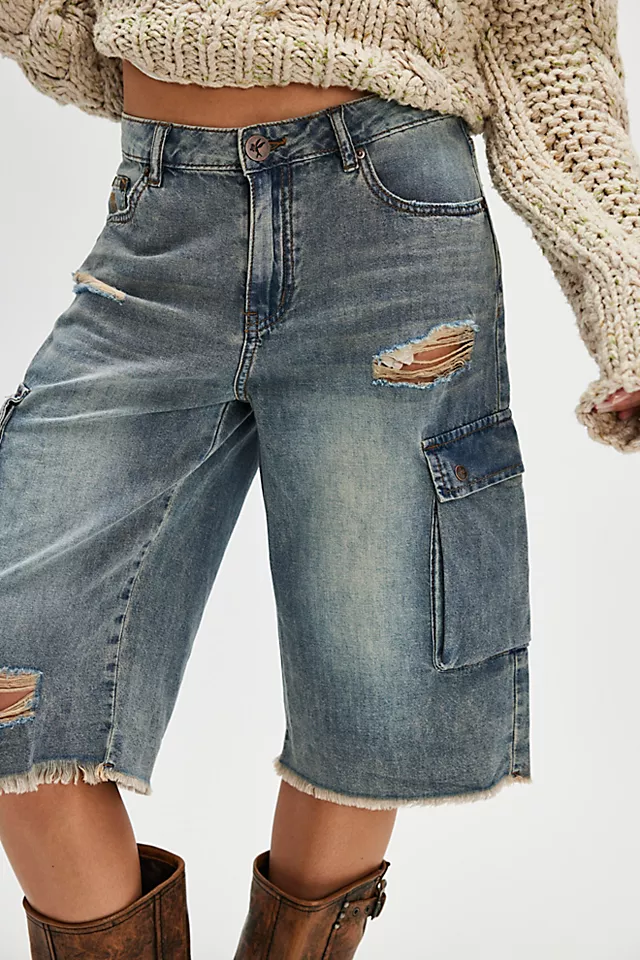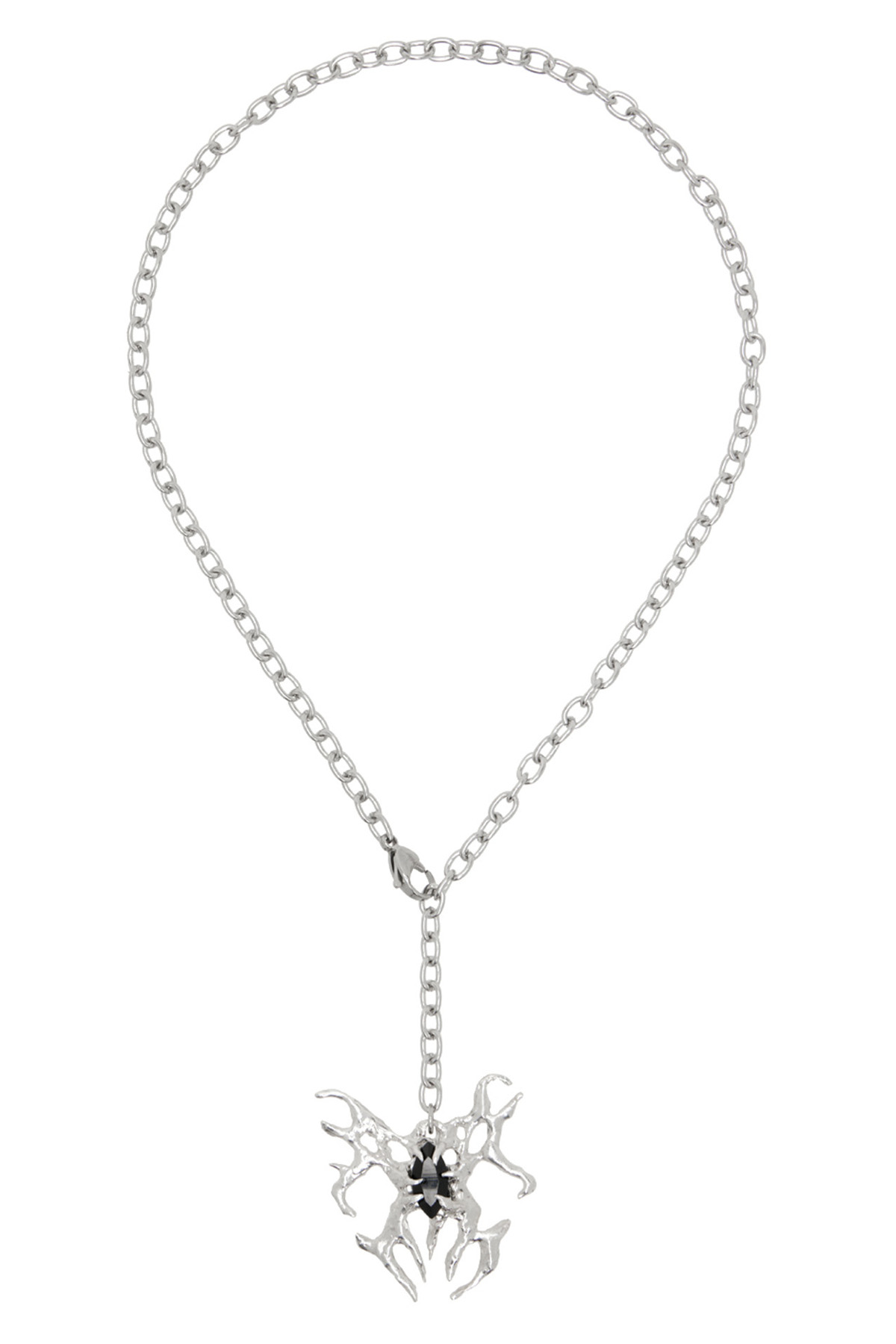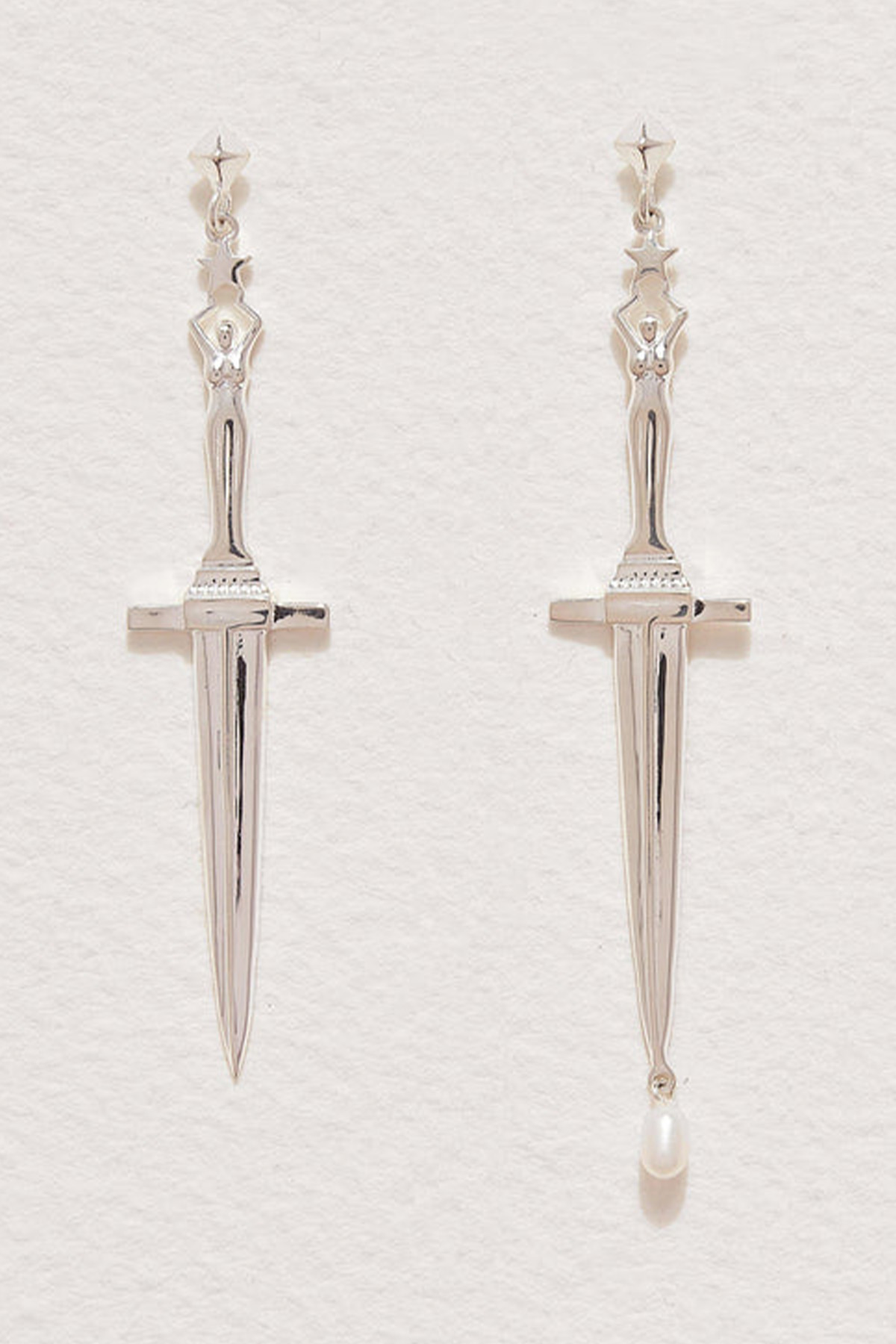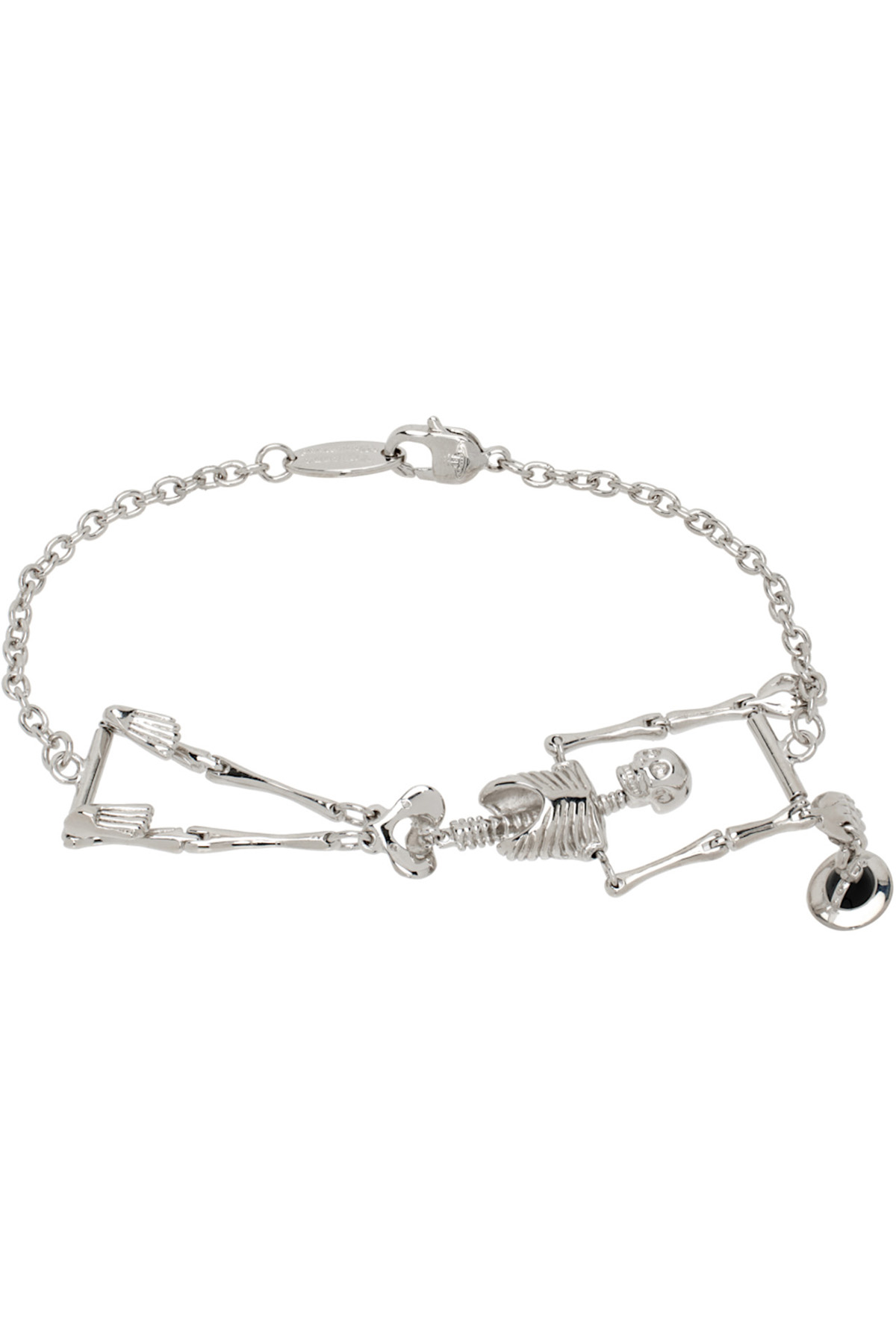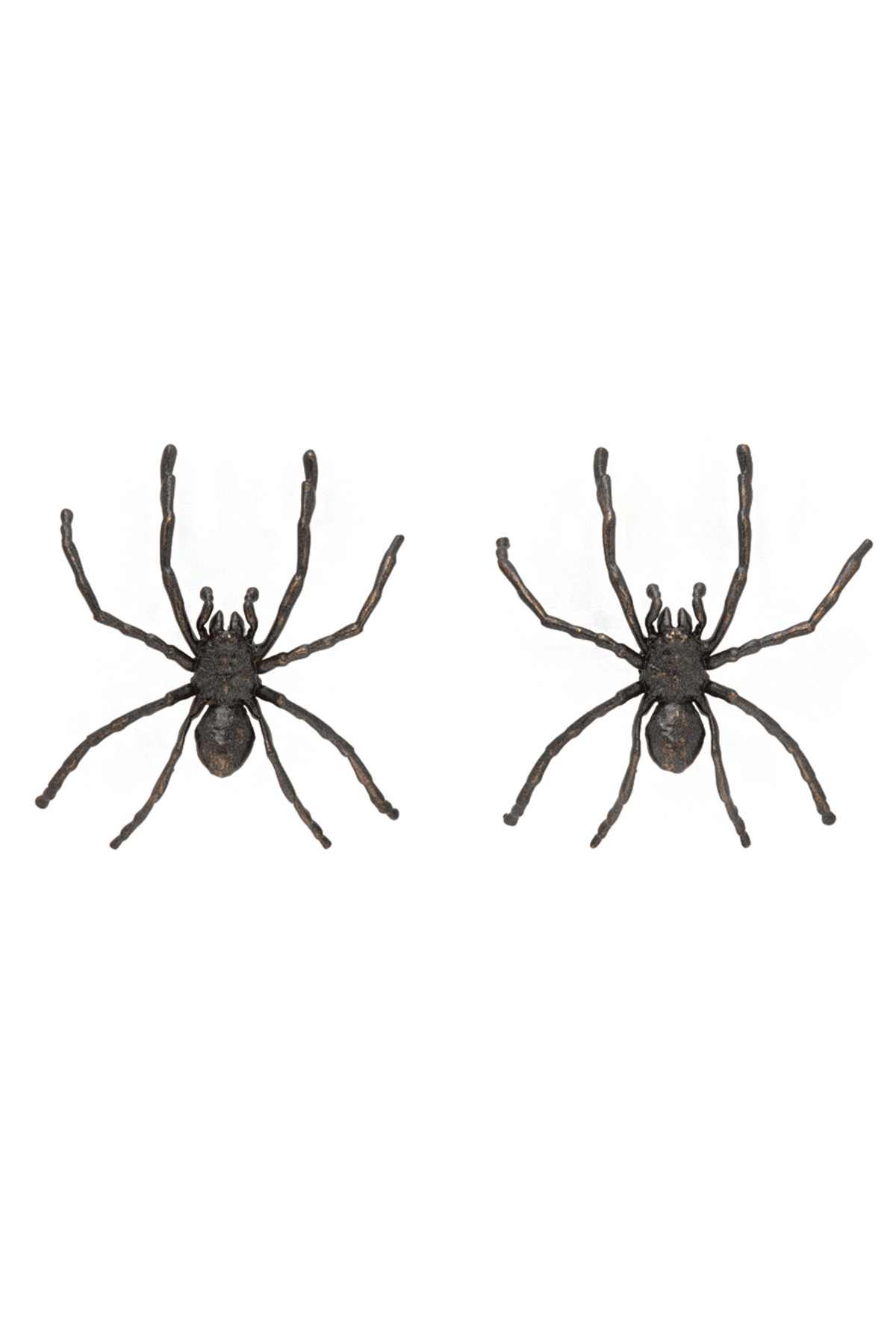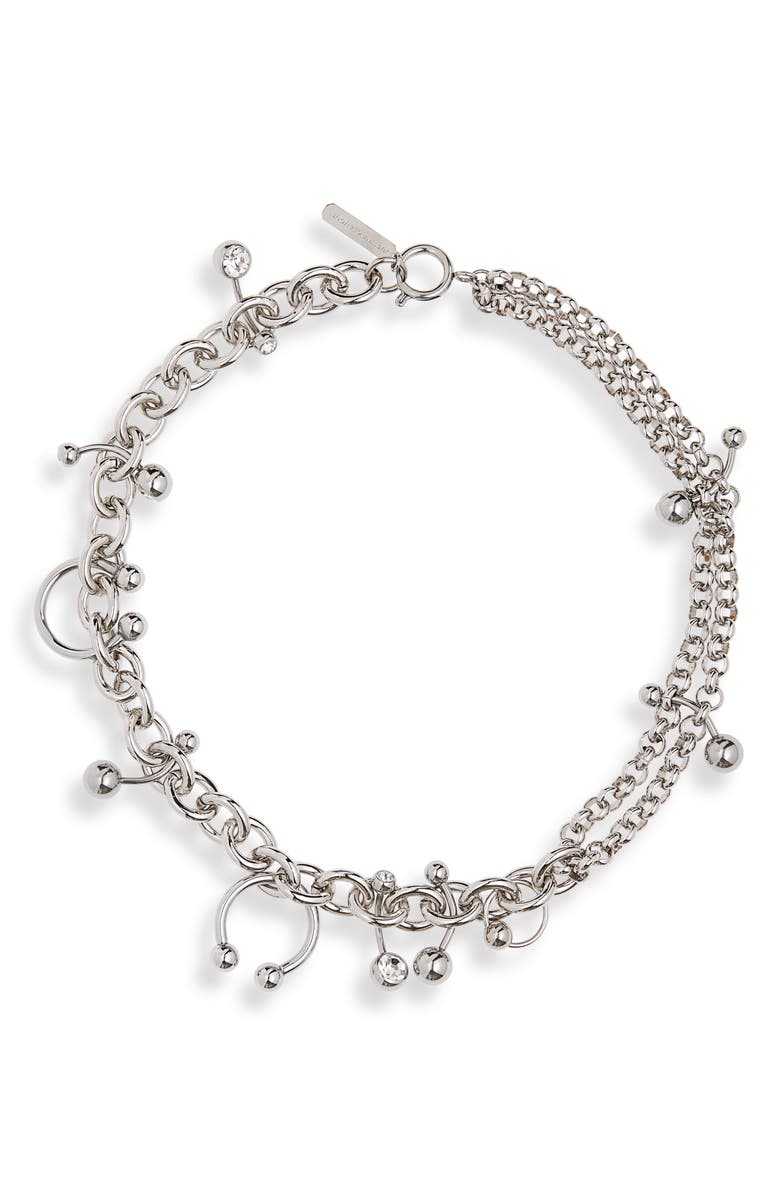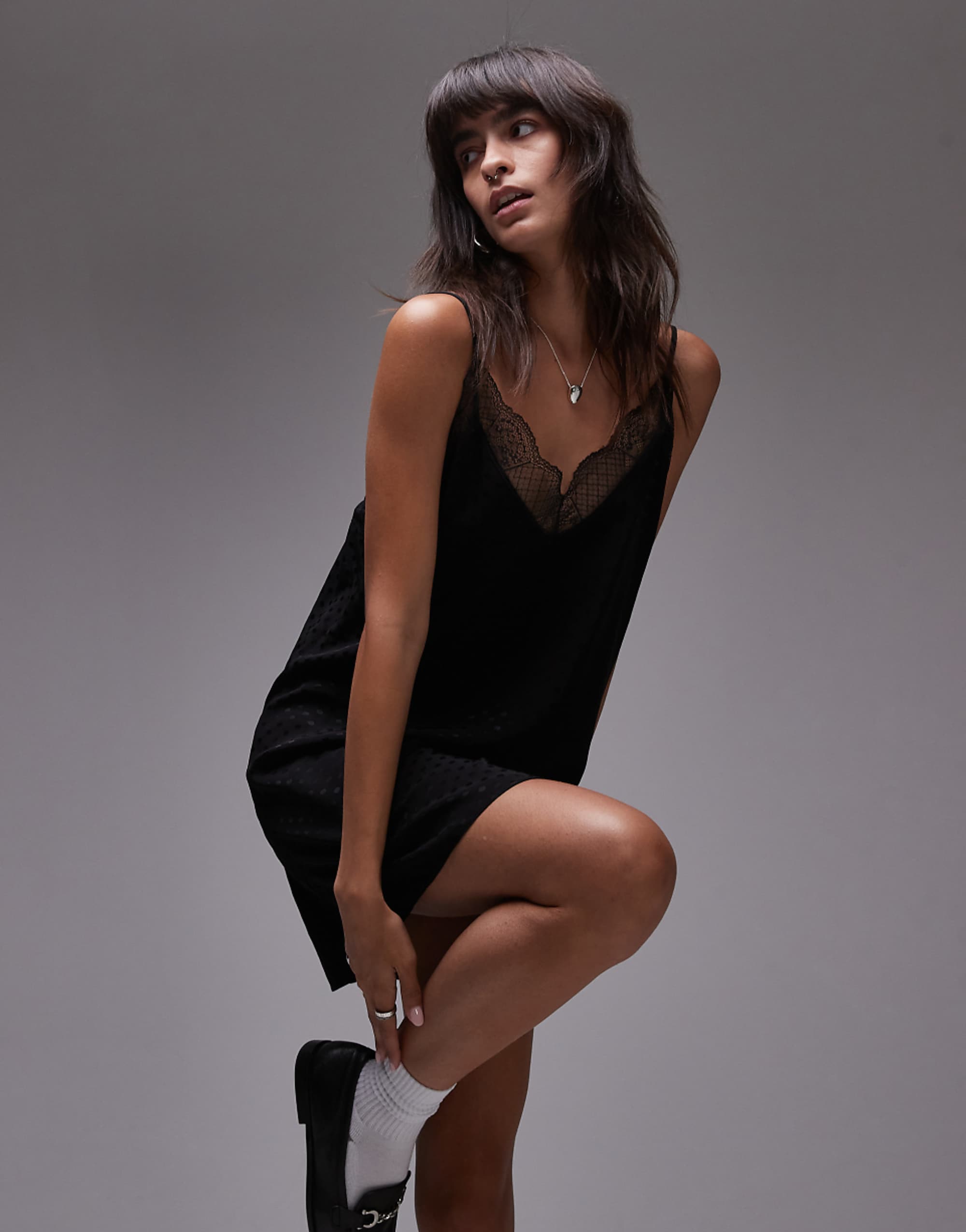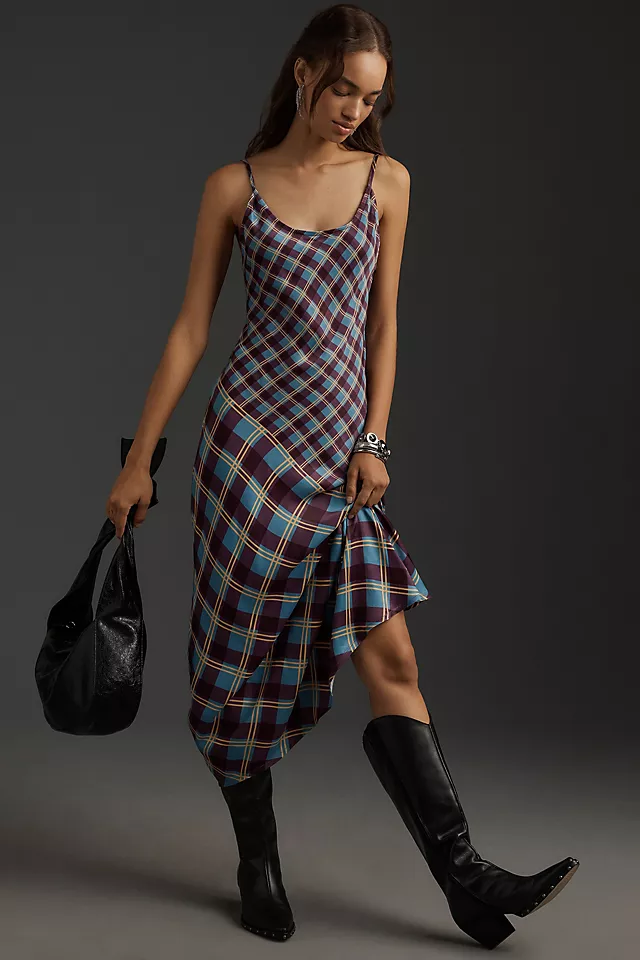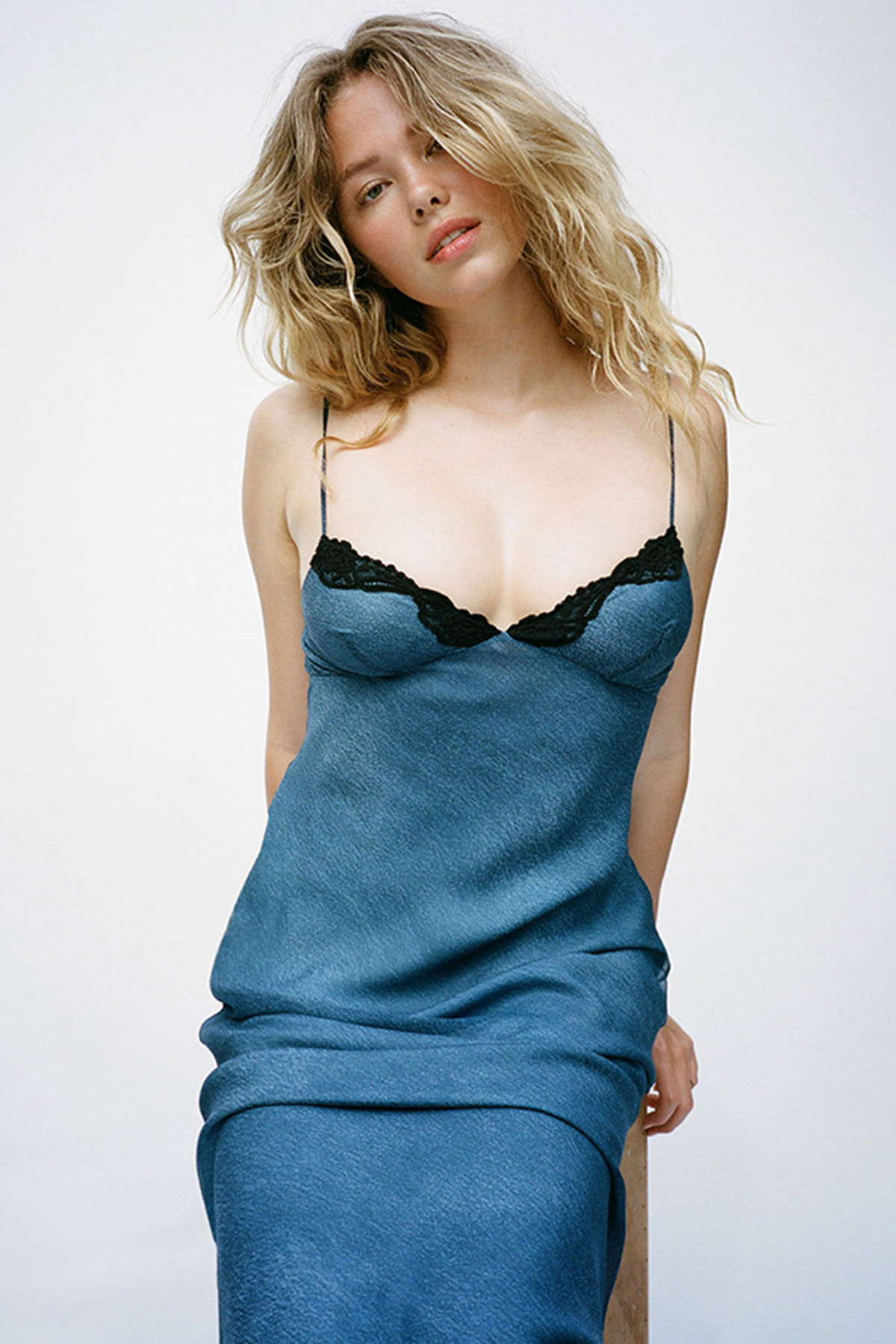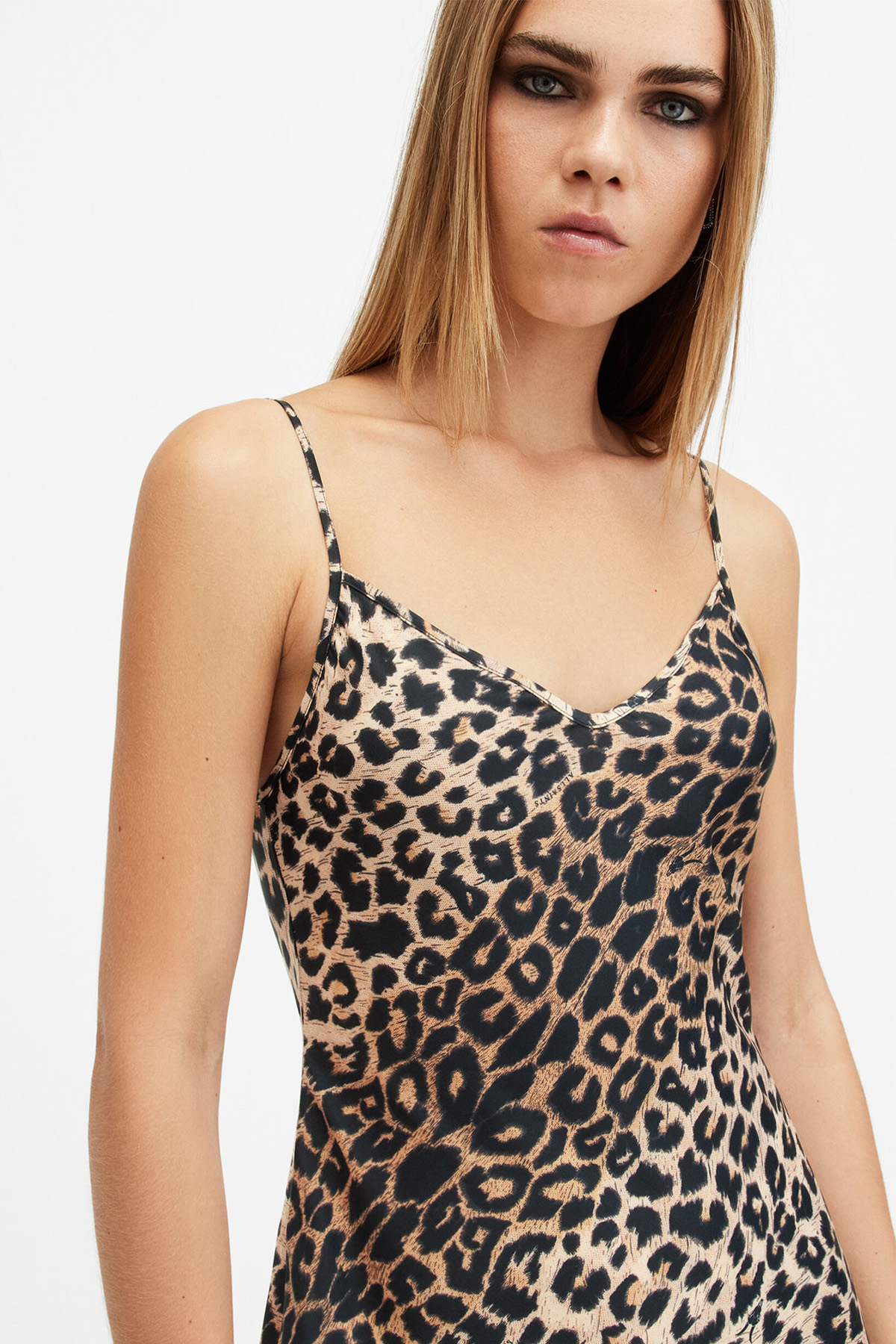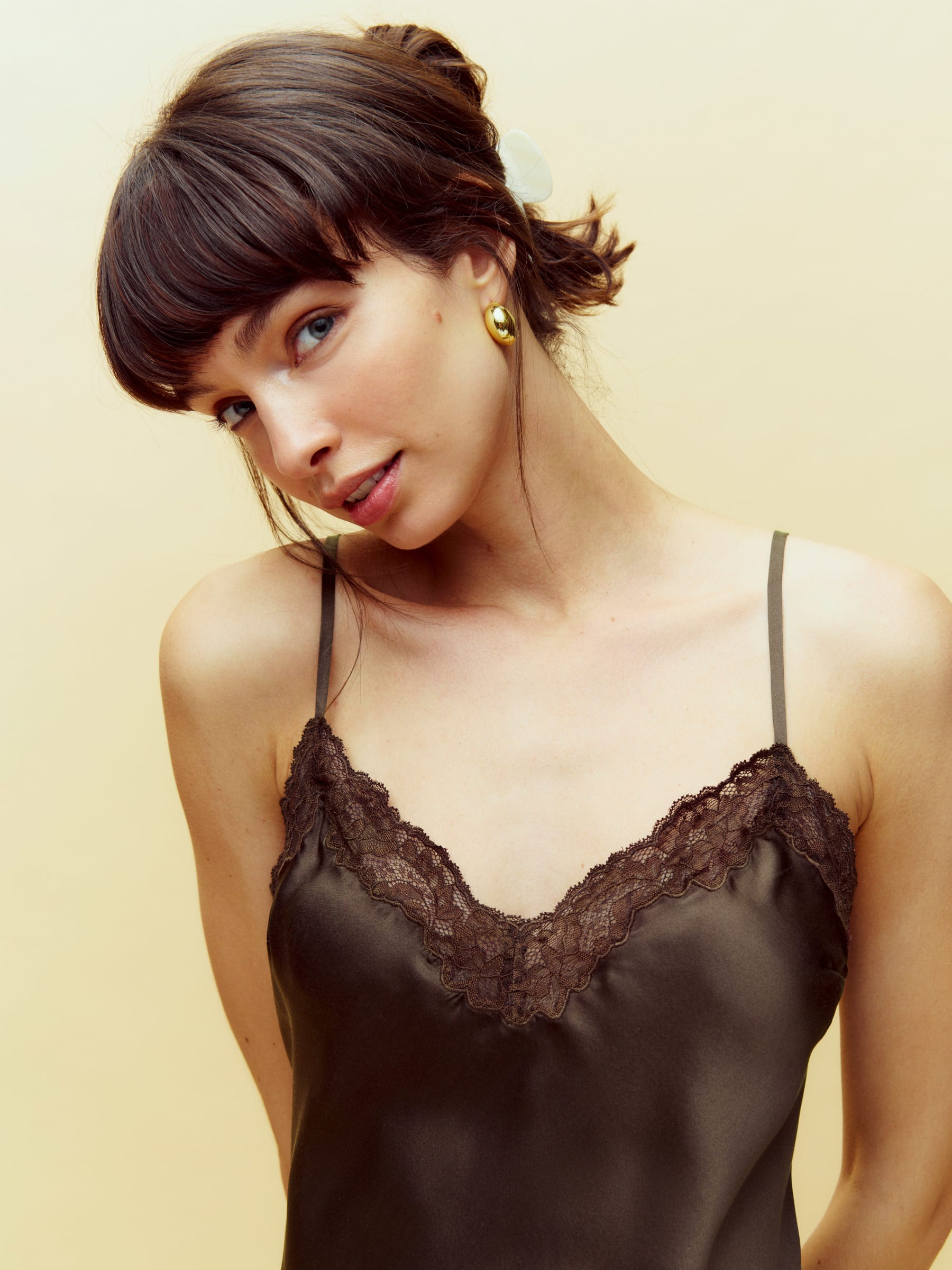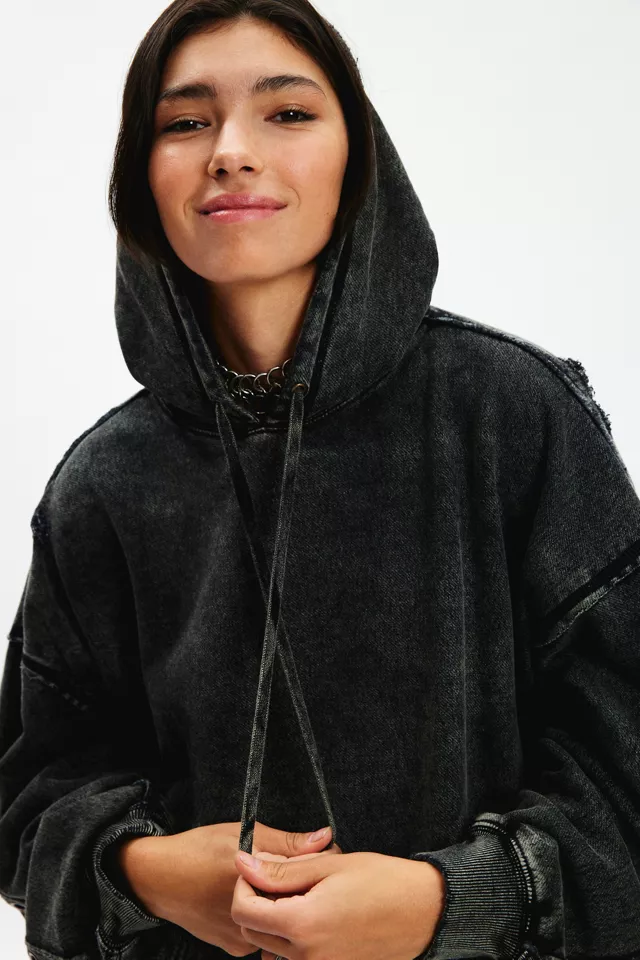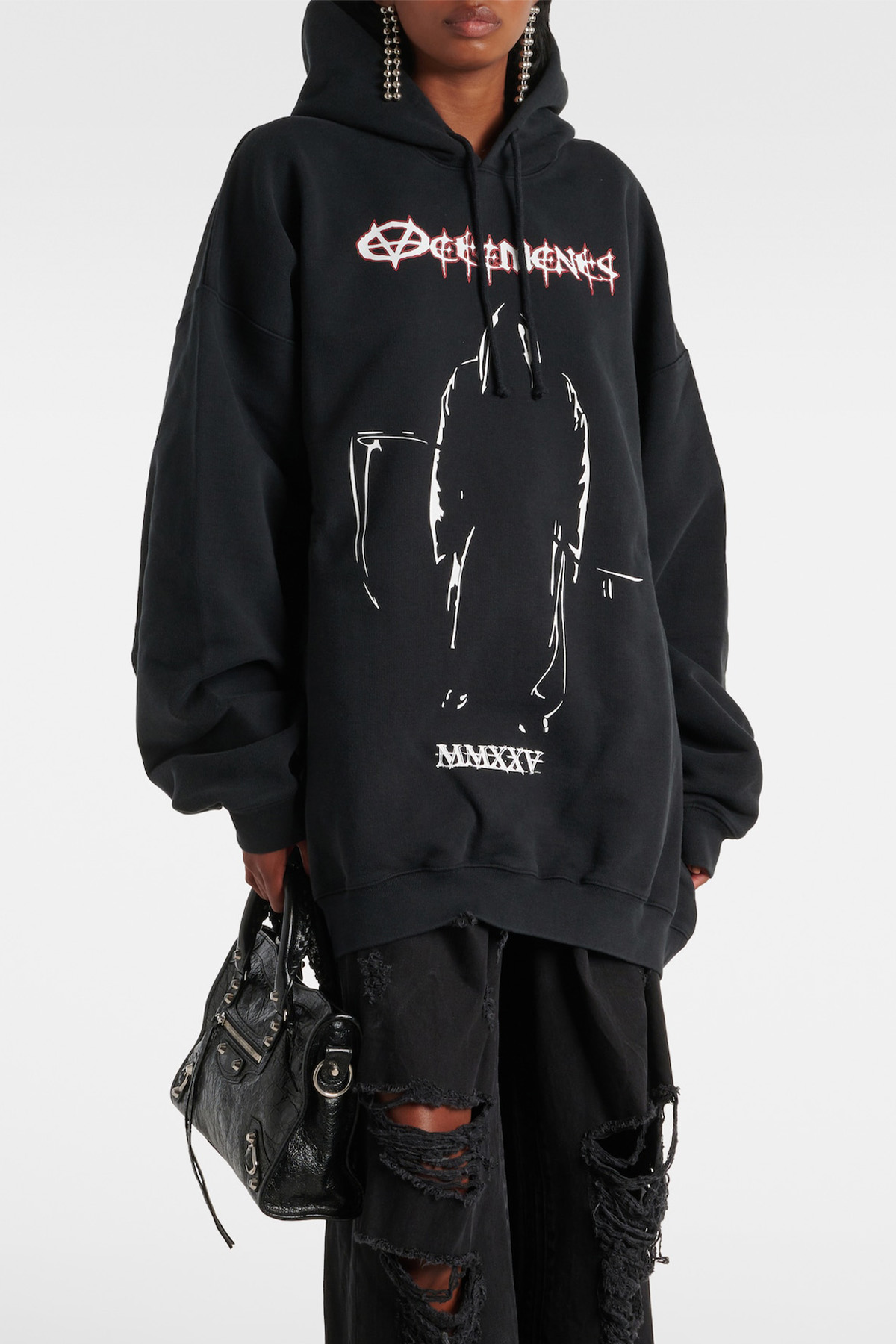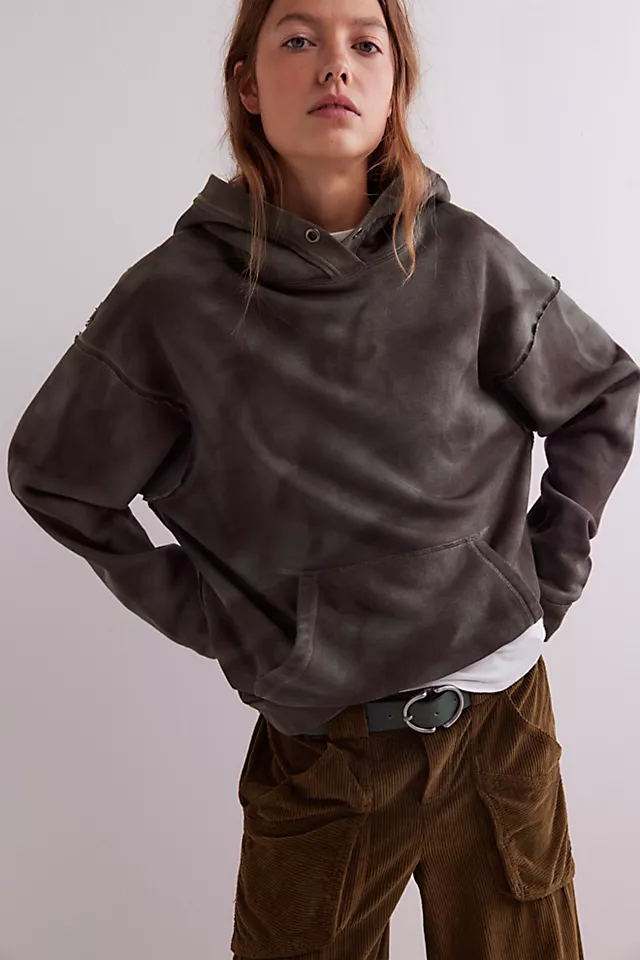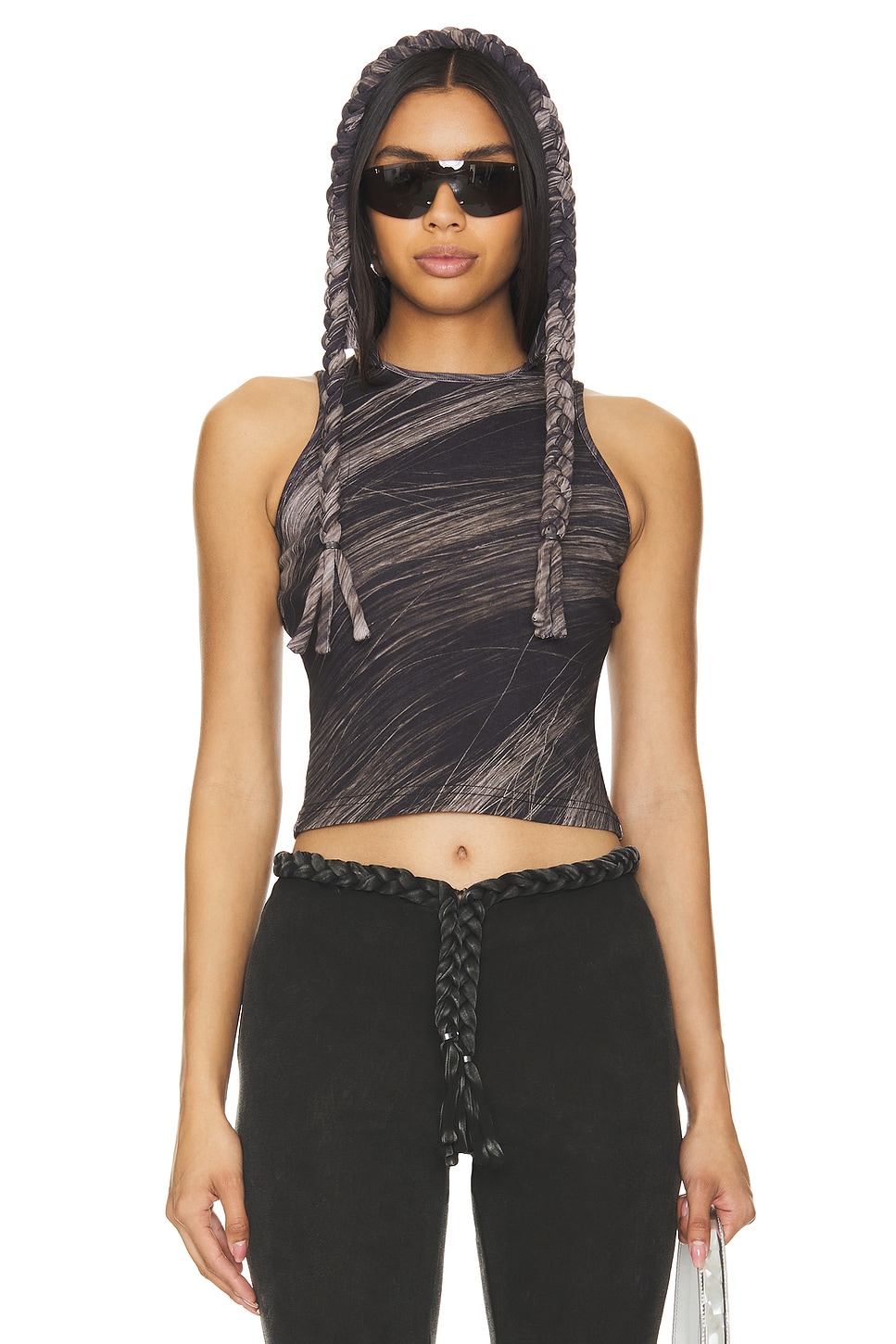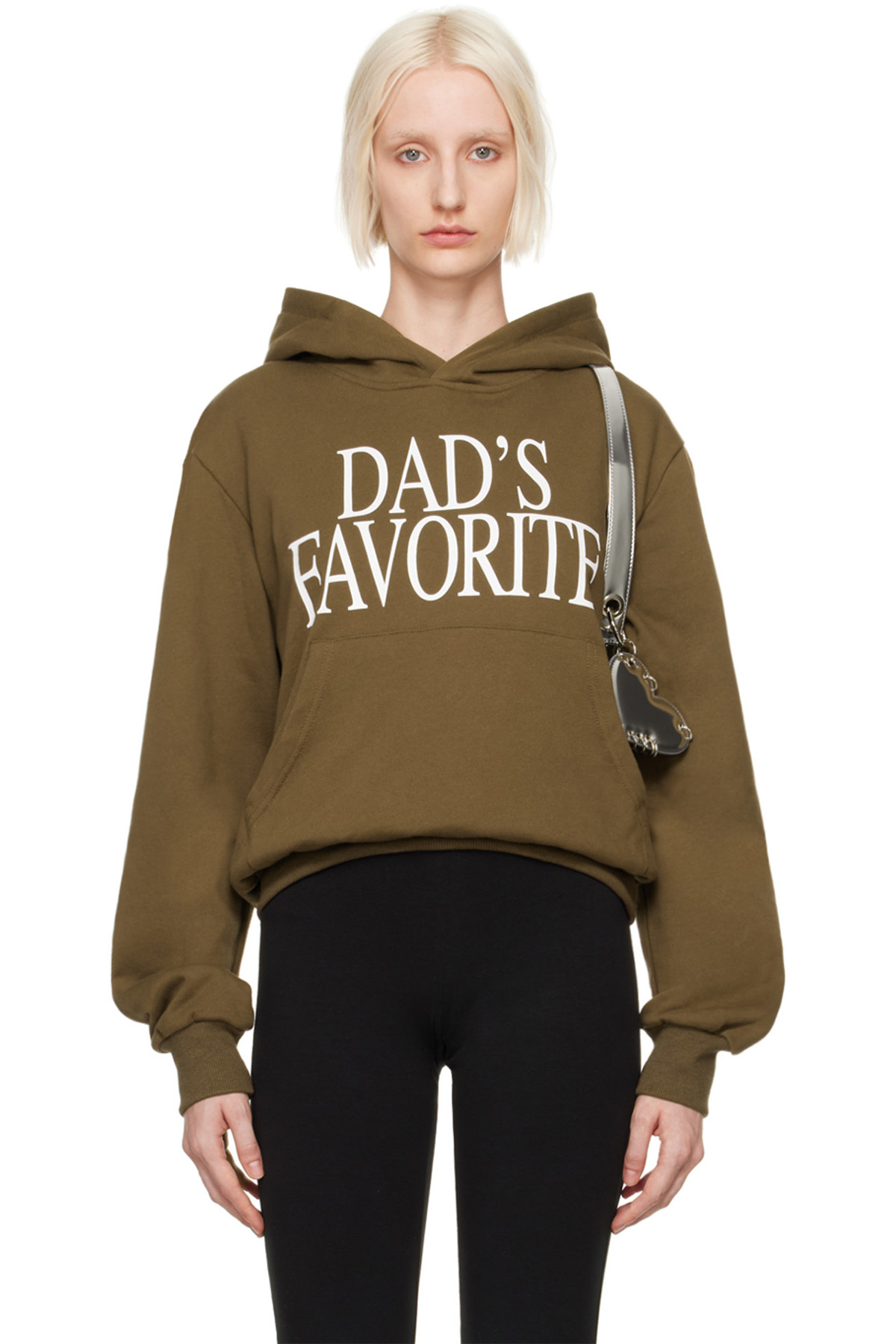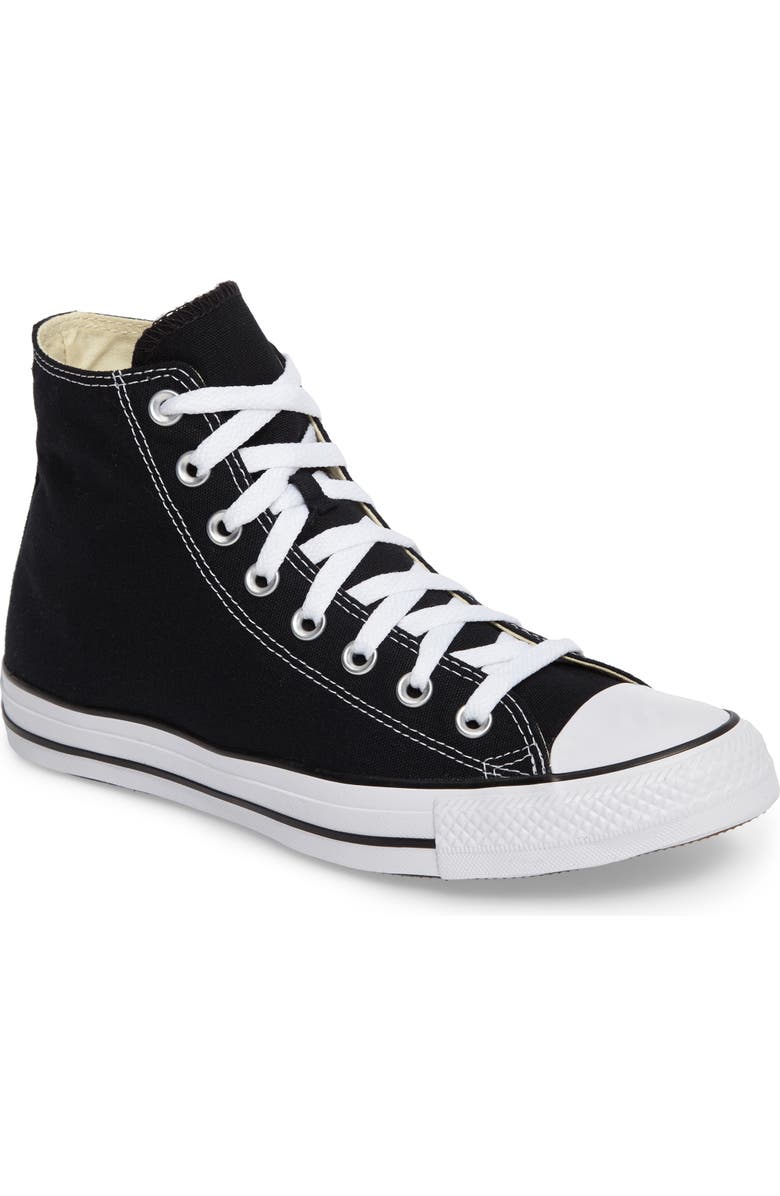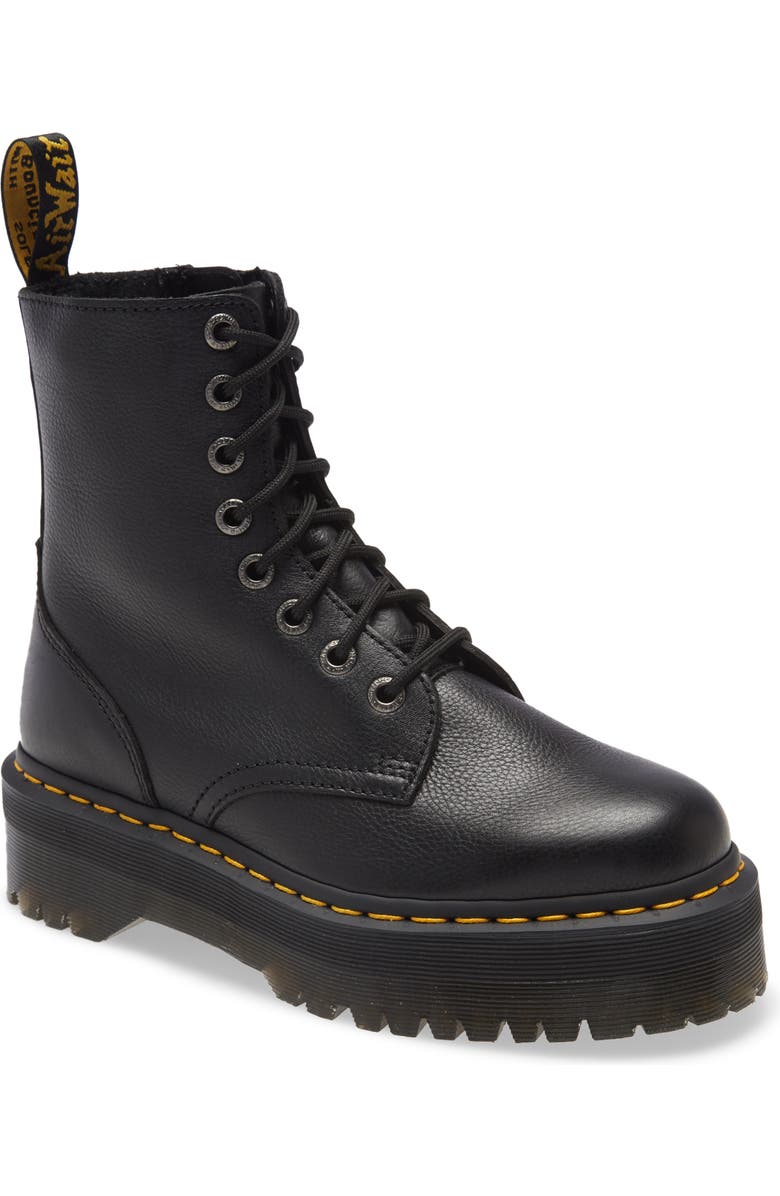The "Controversial" Fashion Aesthetic That's Making a Comeback
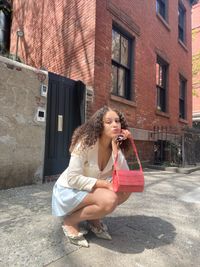
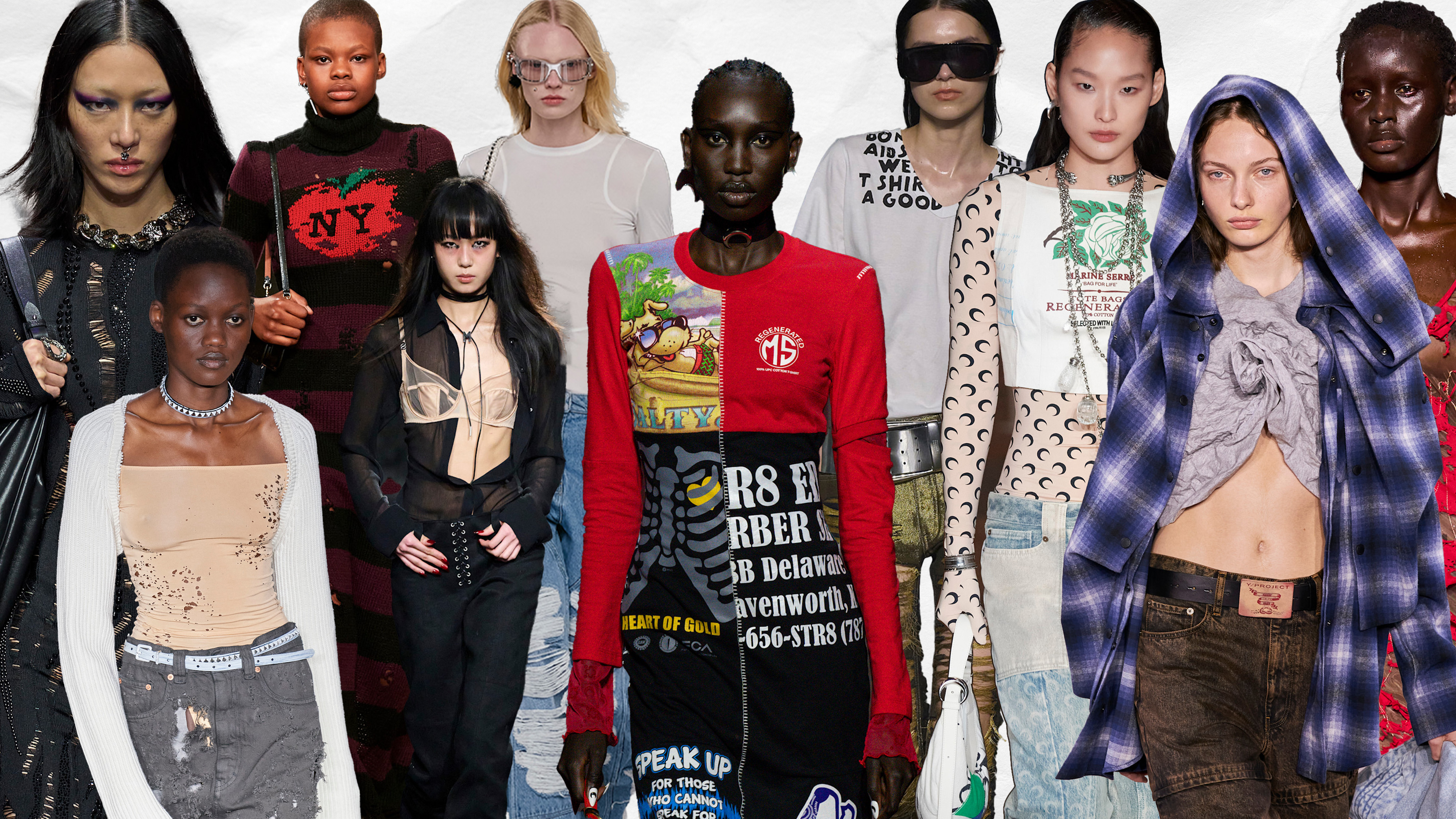
Let’s be honest: It’s common for trends to be dubbed “controversial” these days, but no movement has lived up to that description quite like ‘90s grunge fashion. Love it or hate it, no one can deny that grunge has been one of the most enduring aesthetics in fashion in the last quarter century. While some in the fashion world might openly regard grunge as merely a “dark phase” in the ‘90s, the truth is that the “disheveled” look has been a defining part of the last decade of fashion (and beyond). It was named after the rebellious music genre that fused pop-rock and heavy-metal and started as a style movement tied to a small subculture that has since become so much more. Without grunge music, so much of the current cultural zeitgeist wouldn’t be the same.
But acknowledging the importance of the grunge fashion movement has taken some time, especially considering the initial backlash it received during the ‘90s. But make no mistake: Grunge is no longer as controversial in some corners of the world. We'd argue that it’s never been more relevant, as it's not only resurfaced in recent runway collections but also reimagined in broader pop culture. On social media, we've seen grunge adapted into other subcultural style movements, such as the alt-girl fashion movement, the rise of villain-era dressing, and even aspects of the "brat" aesthetic. Basically, grunge has been (and continues to be) the blueprint for the culture. But if you’re unfamiliar with the history of this cultural movement, you’ll want to keep reading.
Ahead, we’re breaking down some of the origins of this fashion aesthetic, why ‘90s grunge fashion has become relevant again, and the key pieces you'll need to adopt the look for yourself. Put on your combat boots (or Converse)—it's time to get into it.
What Is Grunge Fashion?
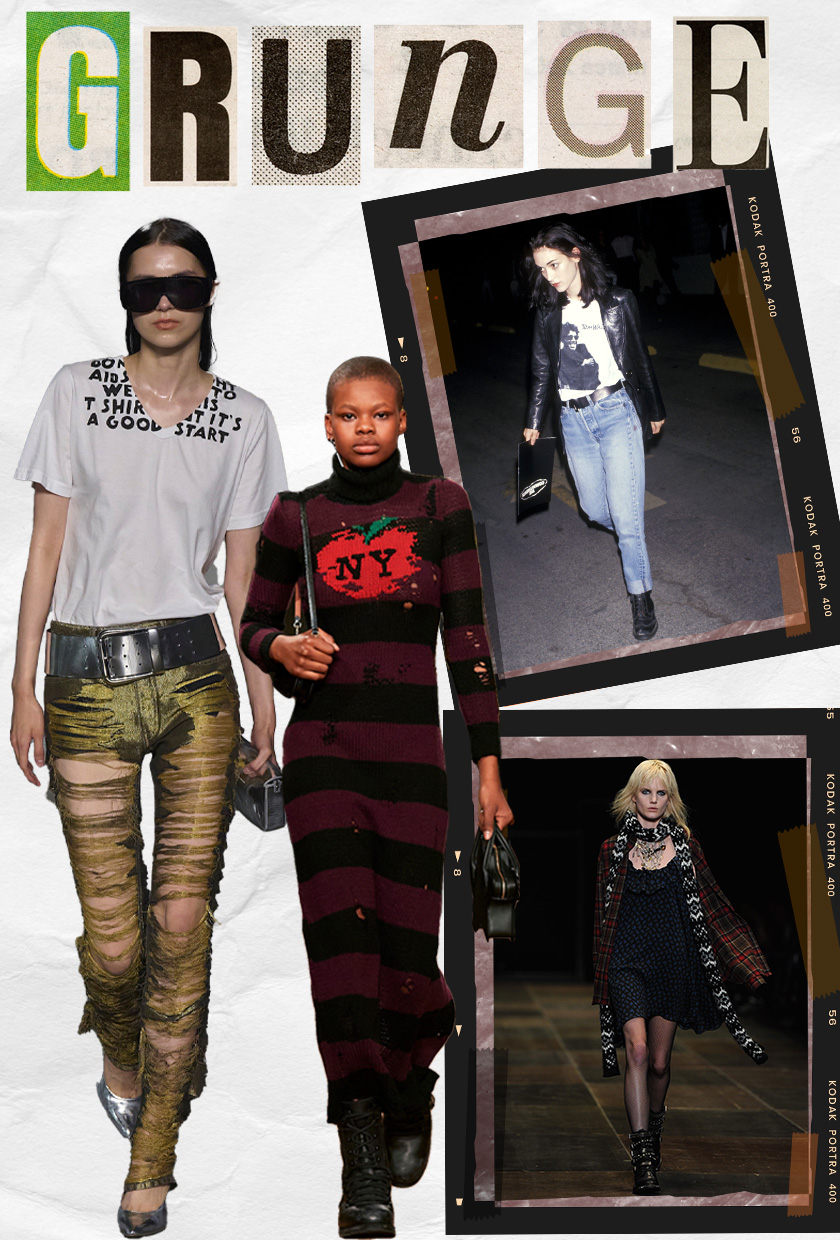
Let us set the record straight: Grunge isn't just a fashion trend; it's a distinct subculture rooted in rebellion. Grunge was defined by the rise of Gen X bands like Nirvana, and the style is often credited to the band's late lead singer, Kurt Cobain. Unlike the former stars of the past, musicians of the grunge movement did not give the traditional rock 'n' roll vibe. Instead, their approach to personal style was tied to their political views. Grunge music was a vehicle in which artists could express their apathy towards capitalism, so their clothing also reflected that perspective. Often, grunge musicians would look fully disheveled, wearing the baggiest possible clothing that looked like it was from the local thrift store.
Although some aspects of this style movement may be similar to other alternative aesthetics (such as goth or punk), its origins and feel are entirely different. During the heyday of heavy metal music in the '80s, bands wouldn't tour every part of the United States, specifically the shores of Seattle. It resulted in the creation of a subcultural musical genre that directly opposed the broader alt movements at the time. But what catapulted grunge from being a small subculture to one of the most significant style movements in the last quarter century? You can thank (or curse) the fashion crowd. Without the prevalence of grunge aesthetics in the highest echelons of film and fashion, this trend would have never caught on with the masses—of course, that didn't come without some initial challenges.
How Did Grunge Fashion Become Popular?
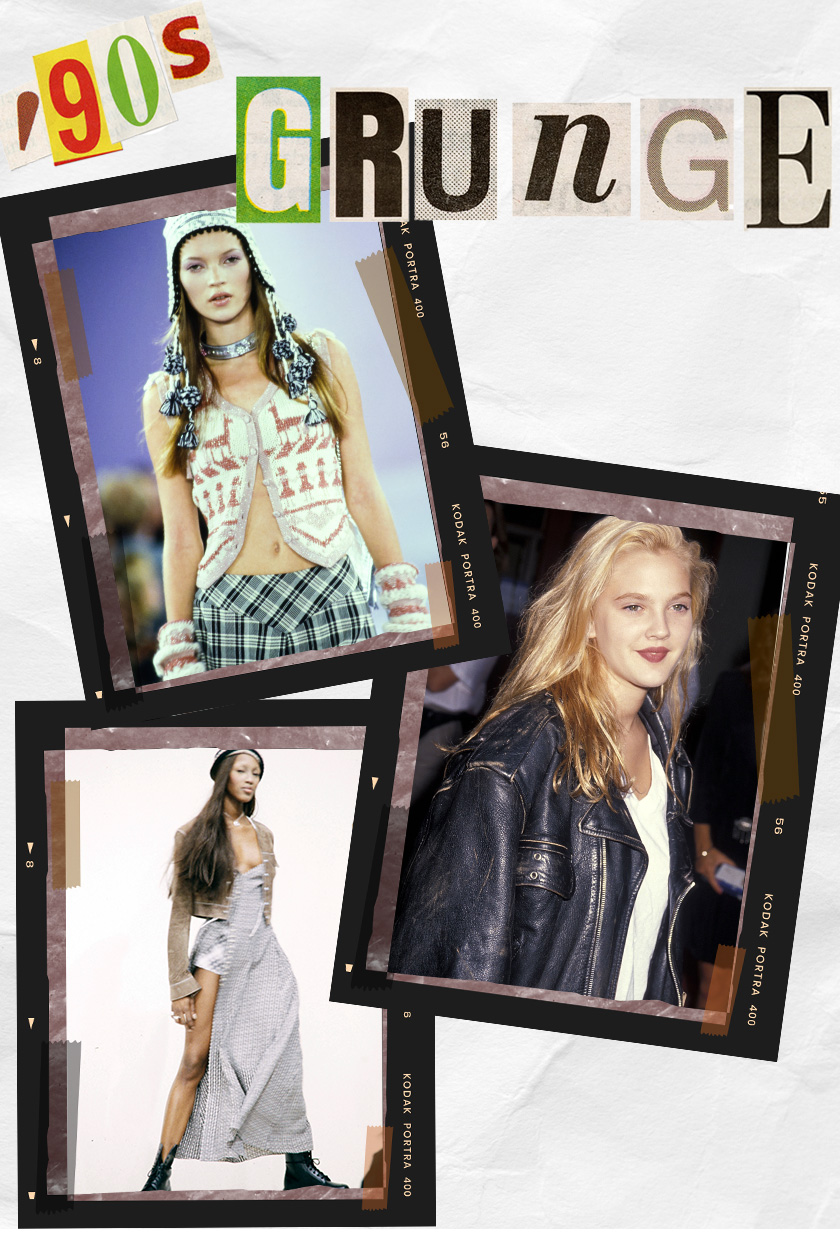
Long before grunge was given the time of day in the fashion world (and, by extension, the wider population), its first foray into the mainstream was mainly within the confines of Hollywood. Grunge became the unofficial uniform for the glitterati of that era—we saw some of the most prolific style icons of the '90s sporting grunge-inspired staples, including Winona Ryder, Courtney Love, Drew Barrymore, and even Lisa Bonet. By wearing their leather jackets, ripped denim, oversize band tees, and combat boots, they began to normalize a trend about subverting what was considered "normal." But that didn't mean that grunge suddenly caught on as quickly in the fashion world—initially, it was met with public outcry. While we may not consider this trend to be contentious, back then, it had the fashion crowd clutching their pearls. (Lest we forget the infamous Perry Ellis S/S 93 collection by Marc Jacobs, which cost him his position as the creative director!) Even as other labels followed suit by drawing inspiration from grunge into their collections (see Anna Sui's S/S 94 show and Calvin Klein's S/S 94 show), many prestigious publications refused to cover the trend.
If the intention behind the continuous criticisms surrounding the grunge fashion movement in the early ‘90s was to reduce its impact, it had the opposite effect. We could argue that controversies surrounding grunge-inspired collections only made them seem, well, way cooler to younger generations. Or at least, that's what one could surmise considering the success of quintessential "grunge" films from the late '90s. While the fashion world's stance on grunge didn't shift until recently, the entertainment world pushed this aesthetic to the forefront. Films that featured characters enmeshed in (or at least inspired by) the ethos of the grunge movement became critically acclaimed—refer to the popularity of projects such as Clueless, Wayne's World, Singles, The Craft, Reality Bites, Fight Club, and even 10 Things I Hate About You. In many ways, these films set the groundwork for grunge to become "acceptable" in the broader culture, further cementing the aesthetic into the cultural canon.
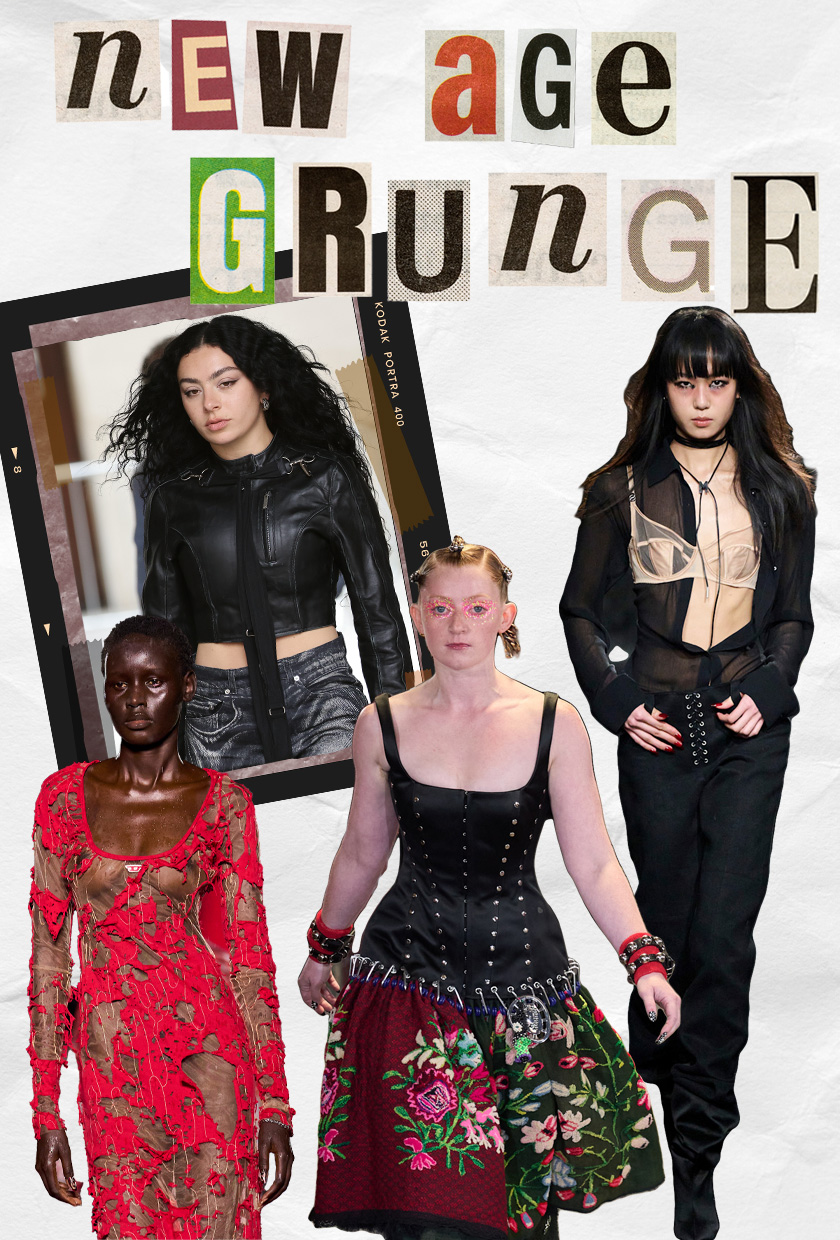
It's the initial groundwork laid by the entertainment industry that subtly influenced the fashion world to come around to grunge fashion, but that's only one part of the story. In truth, the shift that wider society has had around this trend can be traced back to how it's continuously evolved. We've seen a plethora of examples of grunge resurfacing on the runway over the years, including one of Hedi Slimane's earlier collections for Saint Laurent in F/W 13. But the best examples of new-age grunge can be found in recent collections of brands such as Diesel, Marine Serre, Chopova Lowena, Givenchy, Markgong, Versace, and MM6 Maison Margiela.
Rather than creating runway collections that are a replica of '90s grunge, it's been reimagined to be a bit more risqué. Now, overly relaxed silhouettes are far more revealing, distressing techniques are used to add visual intrigue, and the styling is a bit more elevated overall. In many ways, the new renditions of this trend not only reflect how the fashion world has revised its relationship with grunge but the wider renaissance happening right now, too. With so many stars adapting grunge aesthetics in their own ways (think Charli XCX, Zoë Kravitz, Willow Smith, Kourtney Kardashian, and PinkPantheress), there's no better time to tap into this trend for yourself. Keep scrolling for advice on how to adopt the '90s grunge fashion trend for the modern era.
How to Adopt the Grunge Aesthetic
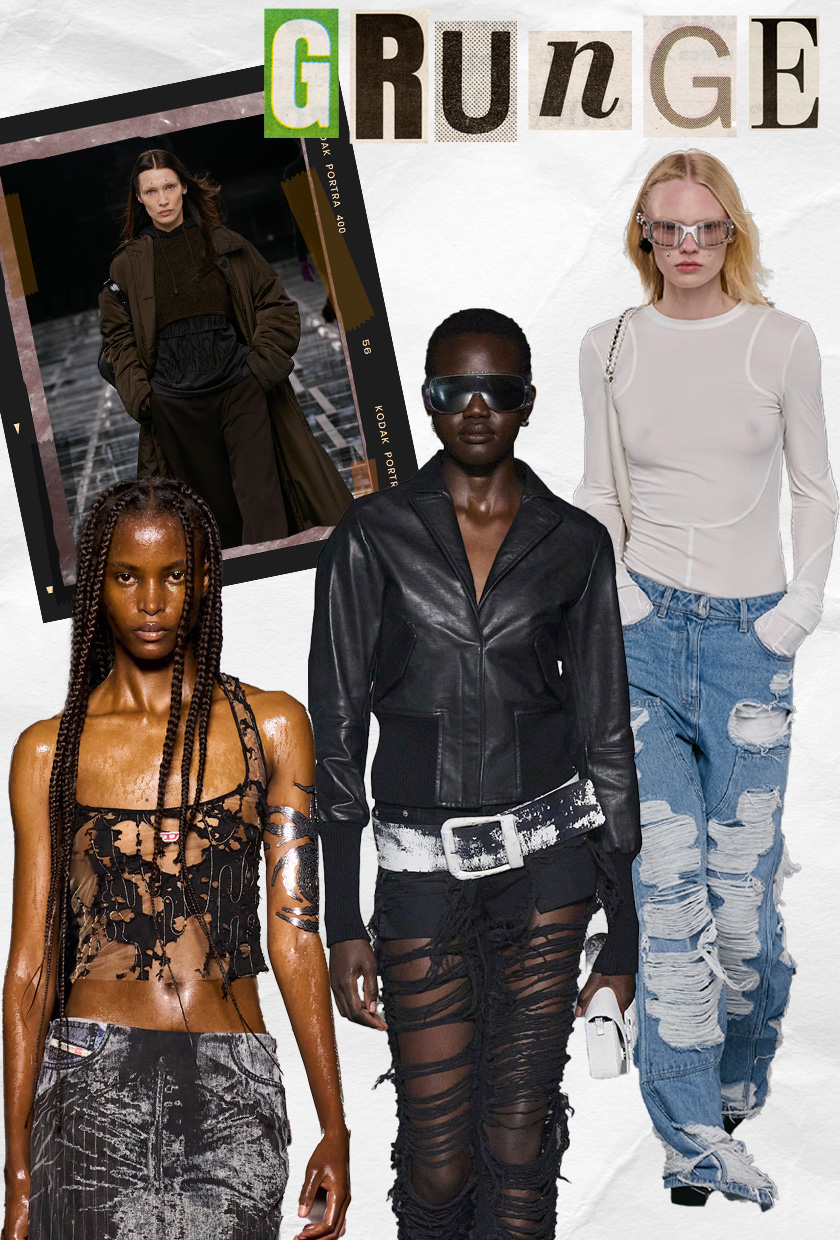
When going about adopting the grunge fashion aesthetic, there are a few things to remember. First, a significant tenant of this movement is about using style to subvert mainstream culture—it's all about not conforming, so taking a few risks is imperative. However, if you didn't grow up binge-listening to Pearl Jam, Nirvana, and Soundgarden, investing in a few everyday staples is the second best way to tap into this energy. Mainstream images of '90s grunge fashion included threadbare flannels, androgynous slip dresses, oversized t-shirts, baggy denim, sweatshirts, and beanies. Some women during that era also chose to mix in more "girly" items, such as fitted baby doll dresses, cardigans, choker necklaces, and platform Mary Janes. But primarily, these grunge looks relied upon styling as the primary way to tap into the aesthetic—more specifically, they featured oversized silhouttes and excessive layers. With the '90s grunge, it was less about wearing a specific item and more about subverting what was expected.
That was evident not just in how style icons during that era played with proportions but with prints, too. Unlike other alternative fashion aesthetics, '90s grunge fashion looks always included (and often mixed) a wide array of prints such as stripes, plaid, leopard, and florals. Alternatively, we saw some style icons that chose to forgo prints and relied on texture to add visual intrigue. Keeping their color palette relatively muted, grunge icons often style distressed denim, worn-in leather, and fraying knitwear altogether—thereby establishing the signature grunge look. Of course, emulating what '90s fashion icons wore during this era is an easy way to adopt grunge aesthetics into your everyday life, but it's not the only way. With so many designers reimagining signature elements of grunge style in recent runway collections, there's no shortage of ways to embrace the trend in a way that speaks to you. Ahead, we're breaking down how to adopt the trend by identifying the seven key pieces you'll need to recreate the look on your own terms.
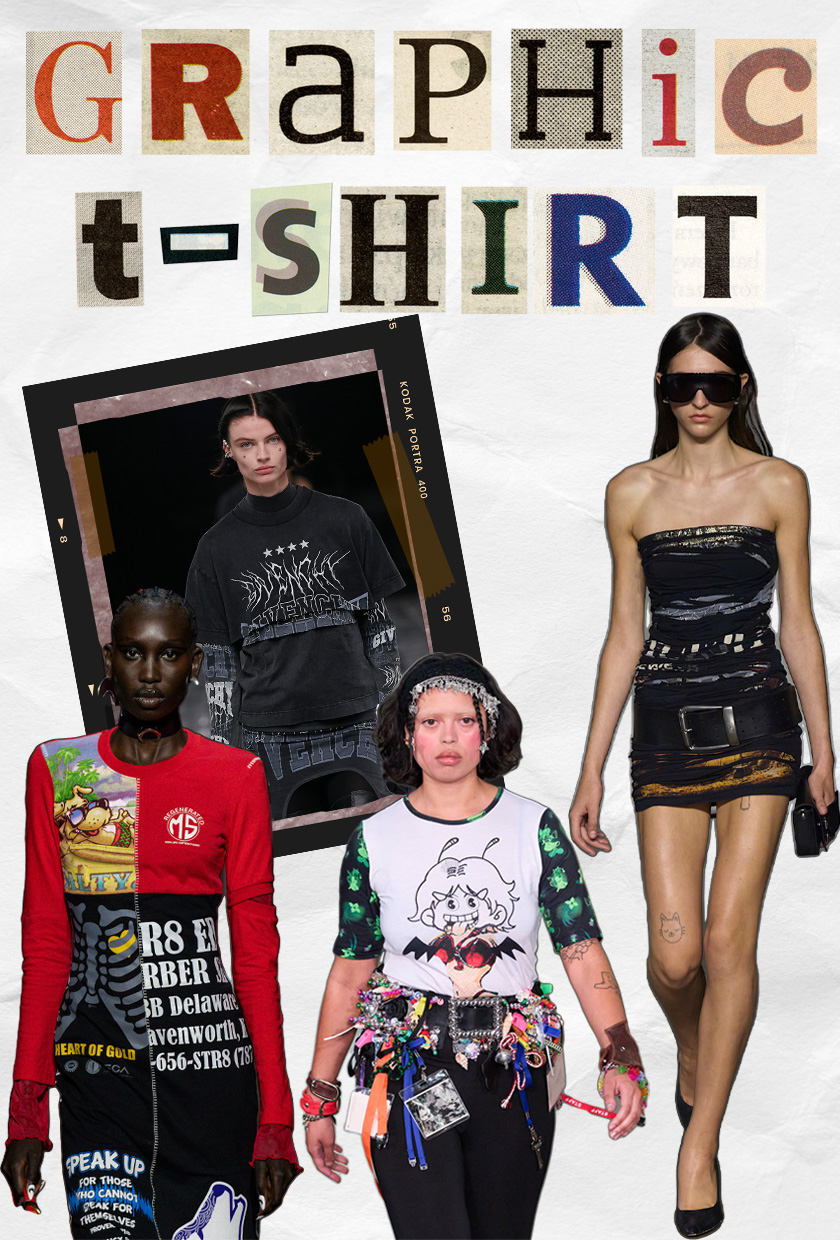
If there's one piece that perfectly embodies grunge fashion, it's an oversized graphic T-shirt. Not only did many musicians and models regularly wear band tees throughout the '90s, but they're one of the few items from that era that remains ever-present in recent runway collections. While some recent collections have recreated the signature grunge look by layering multiple graphic t-shirts on top of each other (refer to Givenchy's F/W 22 collection), other brands have reimagined the staple altogether. Most notably, we've seen old t-shirts transformed into fitted patchwork dresses in the Marine Serre S/S 24 show and MM6 Maison Margiela S/S 25 show—proving that this piece is edgier than ever.
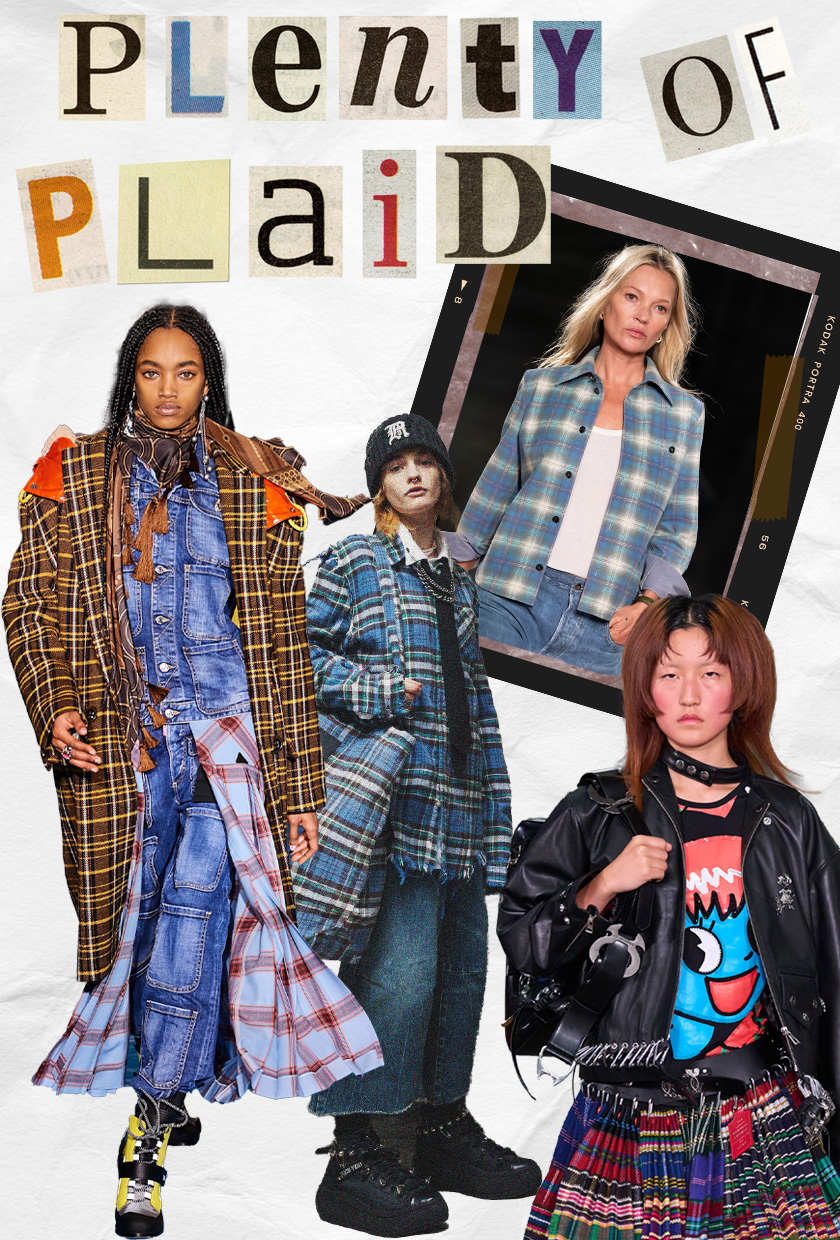
Although plaids are typically associated with the pop-punk aesthetic, they're still a prominent part of the grunge movement. You really can't look back at the '90s grunge fashion movement without spotting that era's icons sporting some type of plaid-print flannel. However, the defining difference between this aesthetic and other alternative movements is that plaid prints were often styled more casually—e.g., they were paired with baggy jeans, distressed tank tops, and chunky combat boots. That approach is something that is still applicable to this day, as we've seen designers style flannel shirts with simple white tank tops and leather pants or button-down shirts and barrel-leg jeans (refer to Bottega Venta's S/S 23 and R13 F/W 22 shows). Even when designers have "dressed" up the print, it's always done informally through styling it with contrasting printed pieces or unexpected outerwear—as shown in DSquared2's F/W 22 and Chopova Lowena S/S 25 shows. Through styling, designers have shown that any plaid piece can feel grunge-inspired, with some creativity, of course.
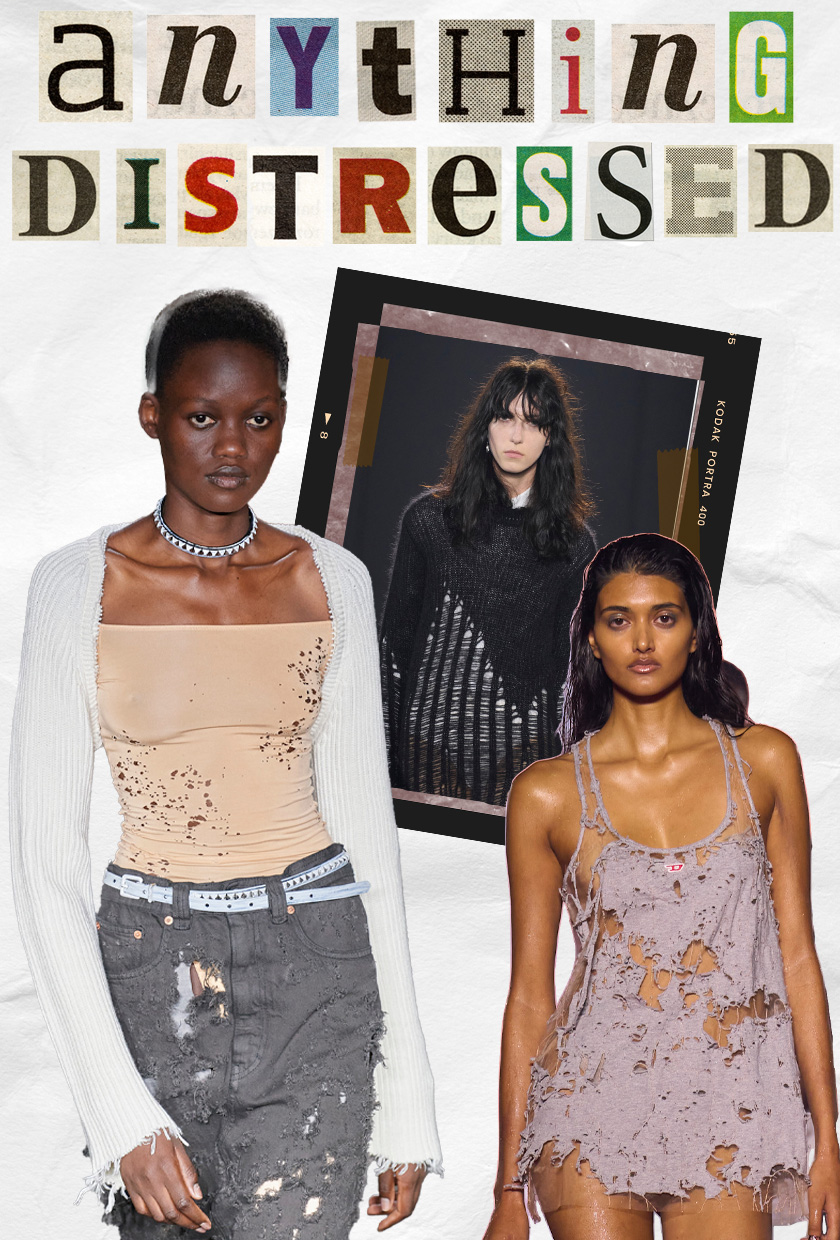
The second step in embracing the '90s grunge fashion aesthetic lies in leaning into the preconceived notions that grunge fans have an overall "disheveled" approach to dressing. Frankly, there's no better way to do that than wearing anything distressed—albeit slashed denim, worn-in leather jackets, tattered tank tops, unraveling knitwear, etc. Because so much of the grunge movement was brought to life by lower-to-middle-class artists in Seattle, having truly worn-in pieces is the easiest way to embody this movement entirely. Plus, if we're being honest, we've seen some of the coolest distressing techniques used in recent runway collections—most notably in Diesel's S/S 24, MM6 Maison Margiela's S/S 23, and Ann Demeulemeester's F/W 24 shows.
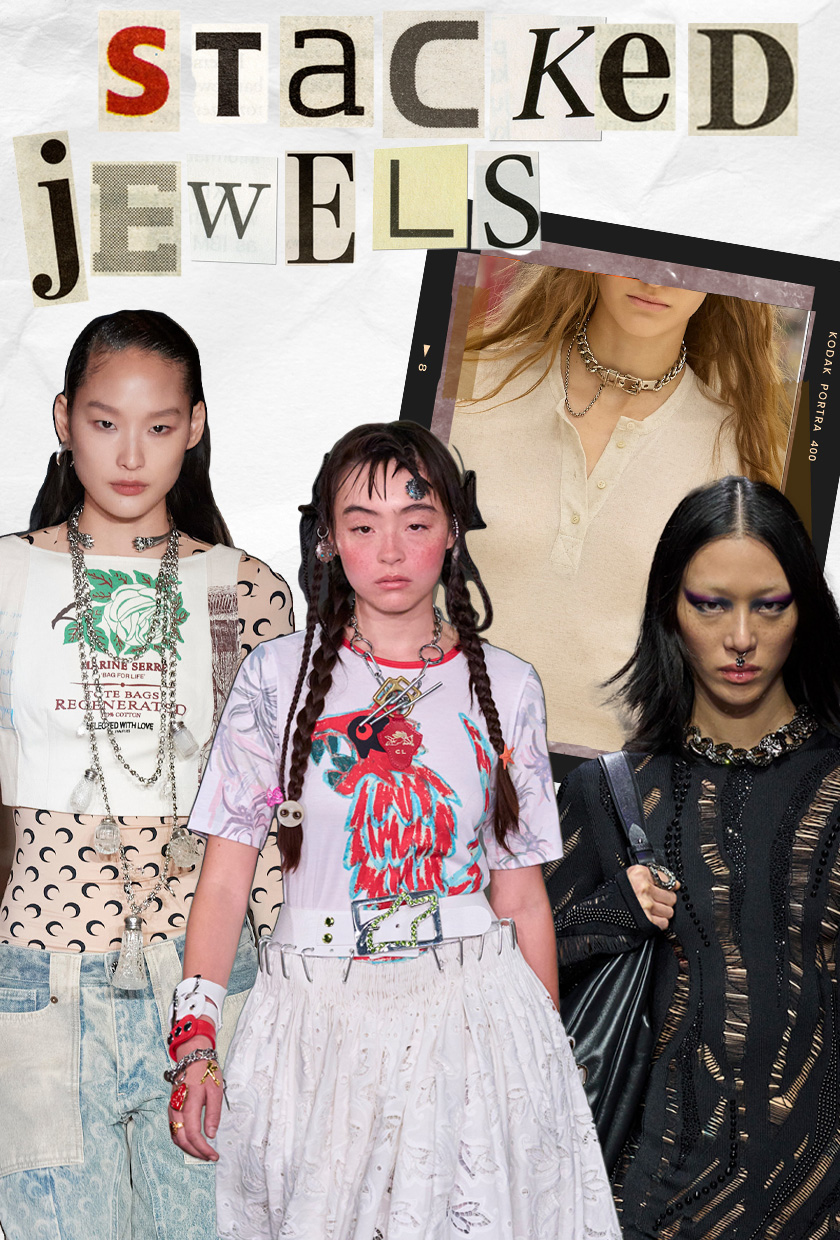
In addition to distressed clothing, there's another essential part of the alt-fashion aesthetic: stacked jewels. We first saw statement jewelry, more specifically, chunky choker necklaces, layered rings, and even pieces with semi-eerie motifs (e.g., daggers, crosses, skulls, and spiders) became synonymous with '90s grunge fashion when they were spotted on the style icons of that era. Since then, edgier jewelry has remained the easiest way for any everyday staple to scream "grunge"—simply refer to the recent runway collections of Versace, Acne Studios, Marine Serre, and Chopova Lowena as further evidence.
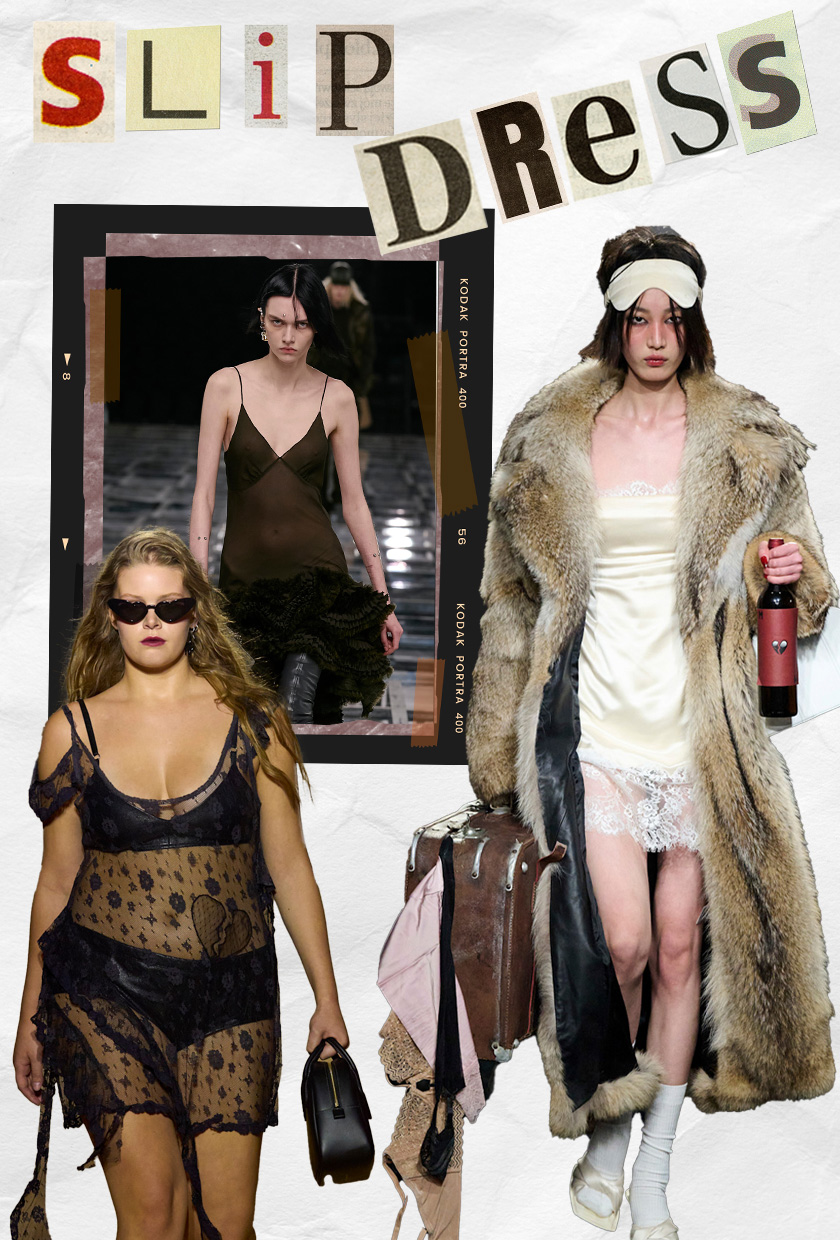
Although it's easy to assume that the grunge aesthetic isn't necessarily "girly," that's not the complete picture. While the style movement itself was inspired by several men in music, the most famous women in the '90s gave grunge its subversive reputation through their style. Rather than adhering to gender norms around dressing at the time, women often would take more "frilly" items and make them feel grunge-inspired; a prime example is the popularity of slip dresses. Stars such as Kate Moss, Lisa Bonnet, and Drew Barrymore made these frocks feel less formal by pairing them with "unpolished" pieces—think: oversized flannels, distressed knitwear, leather jackets, combat boots, canvas sneakers, and messy beauty looks. In dressing the slip dress down, these women brought duality to the aesthetic and set the stage for the style to reign supreme in the fashion world. Since then, the staple has been reimagined almost every season through various shades, textiles, and even approaches to styling. Recent examples include the ultra-sheer slips seen at Givenchy's F/W 22 and Coach's S/S 24 shows or the simple lace slip that was styled haphazardly with a fur coat, eyemask, and open suitcase at Markgong's F/W 24 runway show. Overall, each of these runway looks served as a reminder that grunge really is for the girls.
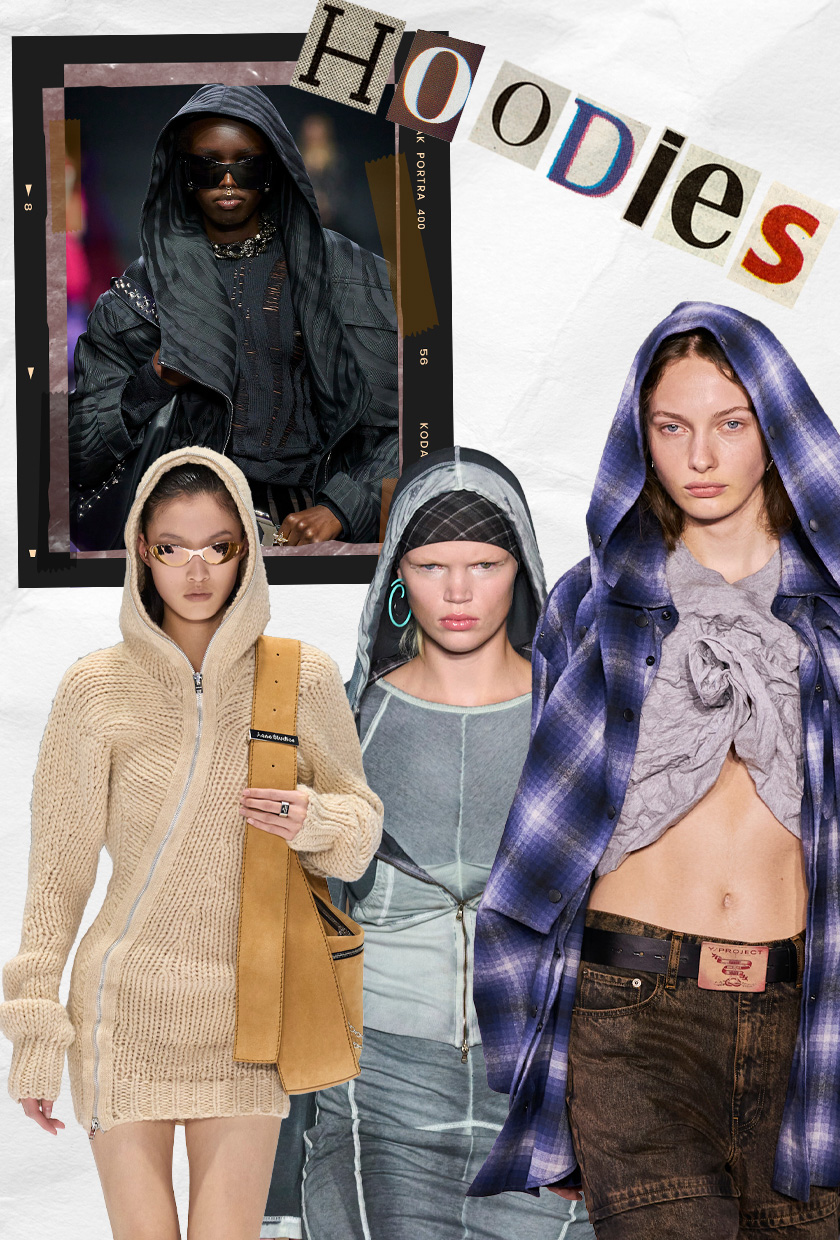
Let's be honest: grunge hasn't always been considered a "good" looking trend, but that's the point. The basis of the grunge movement, and by extension, the visual aesthetic, was all about embodying an anti-establishment spirit that rebels against notions of respectability. No other piece plays into that ethos quite like an oversized sweatshirt. Hear us out: hoodies have it all! They're one of the few straightforward staples that draw inspiration from so many of this aesthetic's core elements. Oversized silhouettes? Check. Distressed textiles? Check. Muted colors? We could keep going, but we'll spare you. If you only take away one thing from reading this paragraph, let it be that there's no better piece to buy when trying to incorporate grunge-inspired elements into your wardrobe. It's the easiest way, but also, it's sort of the most exciting. We've seen so many recent runway collections find ways to make this "boring" everyday item feel avant-garde by experimenting with texture, colors, and styling—refer to Y/Project to Versace to KNWLS to Acne Studios's shows above. It's a stark reminder that looking good doesn't always require the most "sophisticated" items.
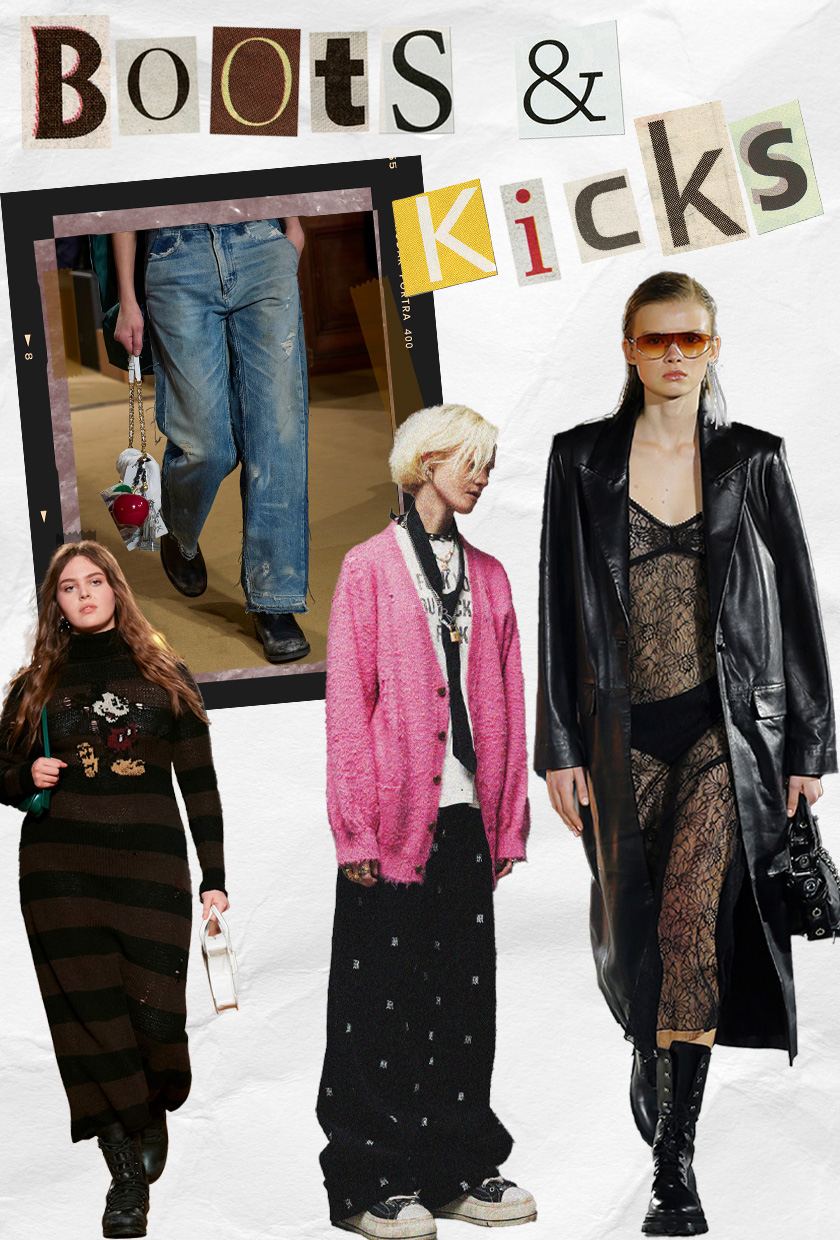
If anything can demonstrate how adaptable grunge aesthetics can be to one's sartorial preferences, it's the footwear associated with this era in '90s fashion. Unlike other trends, so much of the grunge ethos was antithetical to high fashion at the time, which was reflected most adeptly through the androgynous shoe styles worn by this subset. The footwear of choice among musicians and models alike ranged from casual kicks (think: Vans or Converse) to chunky combat boots from brands such as Doc Martens or Timberland. In many ways, the innate approachability of this aesthetic (primarily through the shoes) is what's made it a continued source of inspiration for designers. Whether in Coach, Zadig Voltaire, or R13's collections, designers have embraced grunge-leaning elements from head to toe. In doing so, they've given a whole new generation a way to embrace grunge.
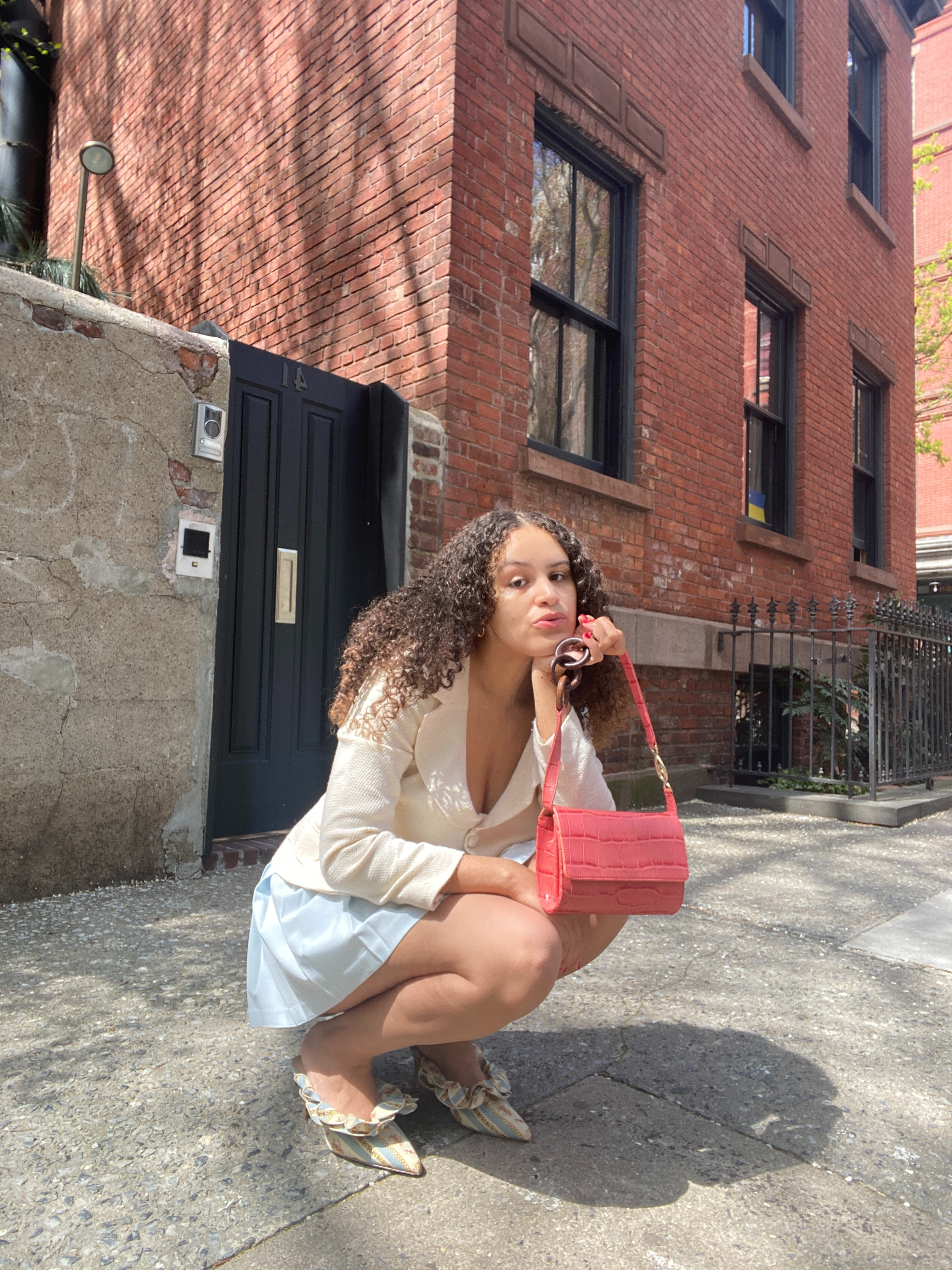
Jasmine Fox-Suliaman is a freelance writer and editor living in New York City. What began as a pastime (blogging on Tumblr) transformed into a lifelong passion for unveiling the connection between fashion and culture on the internet and in real life. Over the last decade, she's melded her extensive edit and social background to various on-staff positions at Who What Wear, MyDomaine, and Byrdie. More recently, she’s become a freelance contributor to other publications including Vogue, Editorialist, and The Cut. Off the clock, you can find her clutching her cell phone as she's constantly scrolling through TikTok and The RealReal, in search of the next cool thing.
